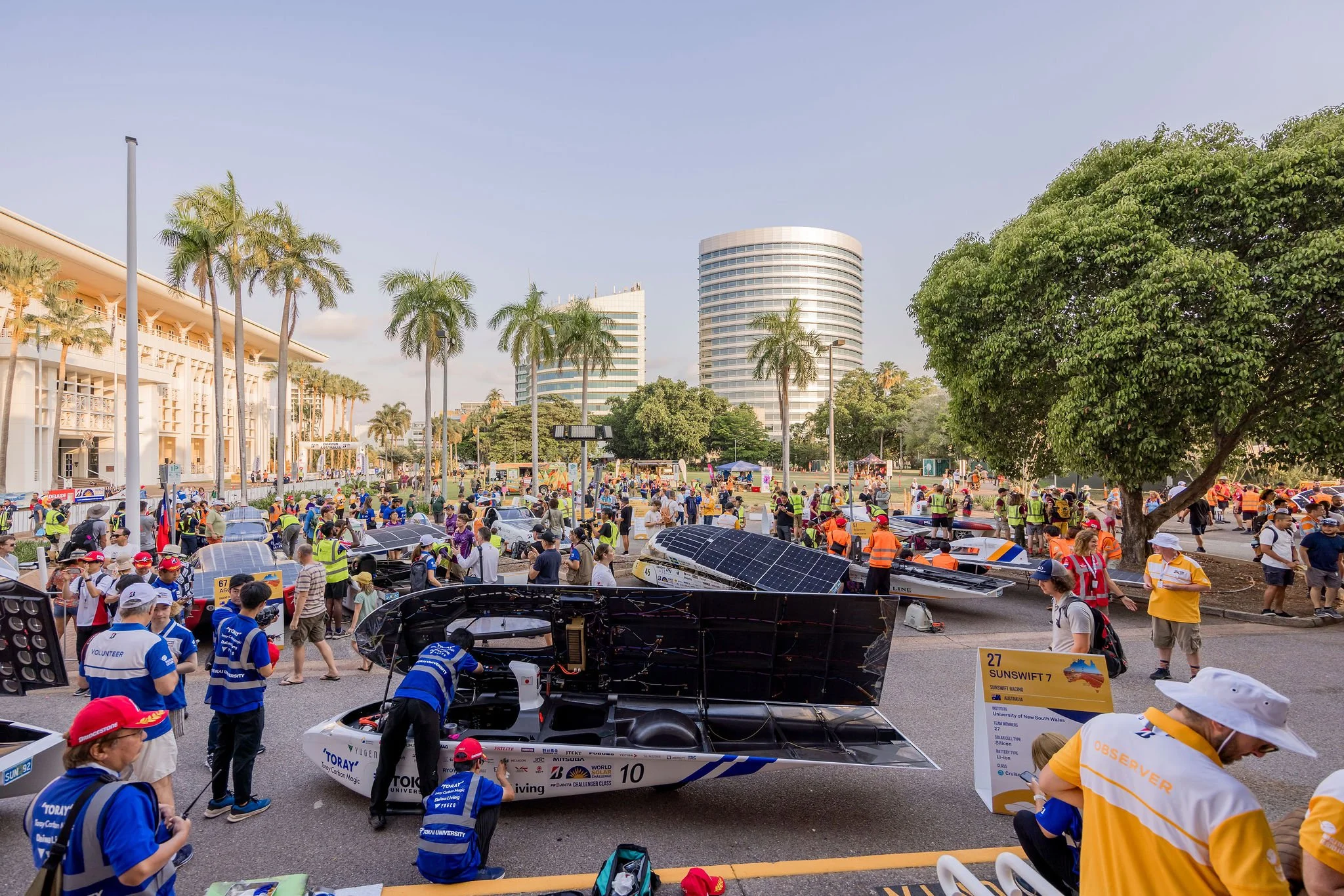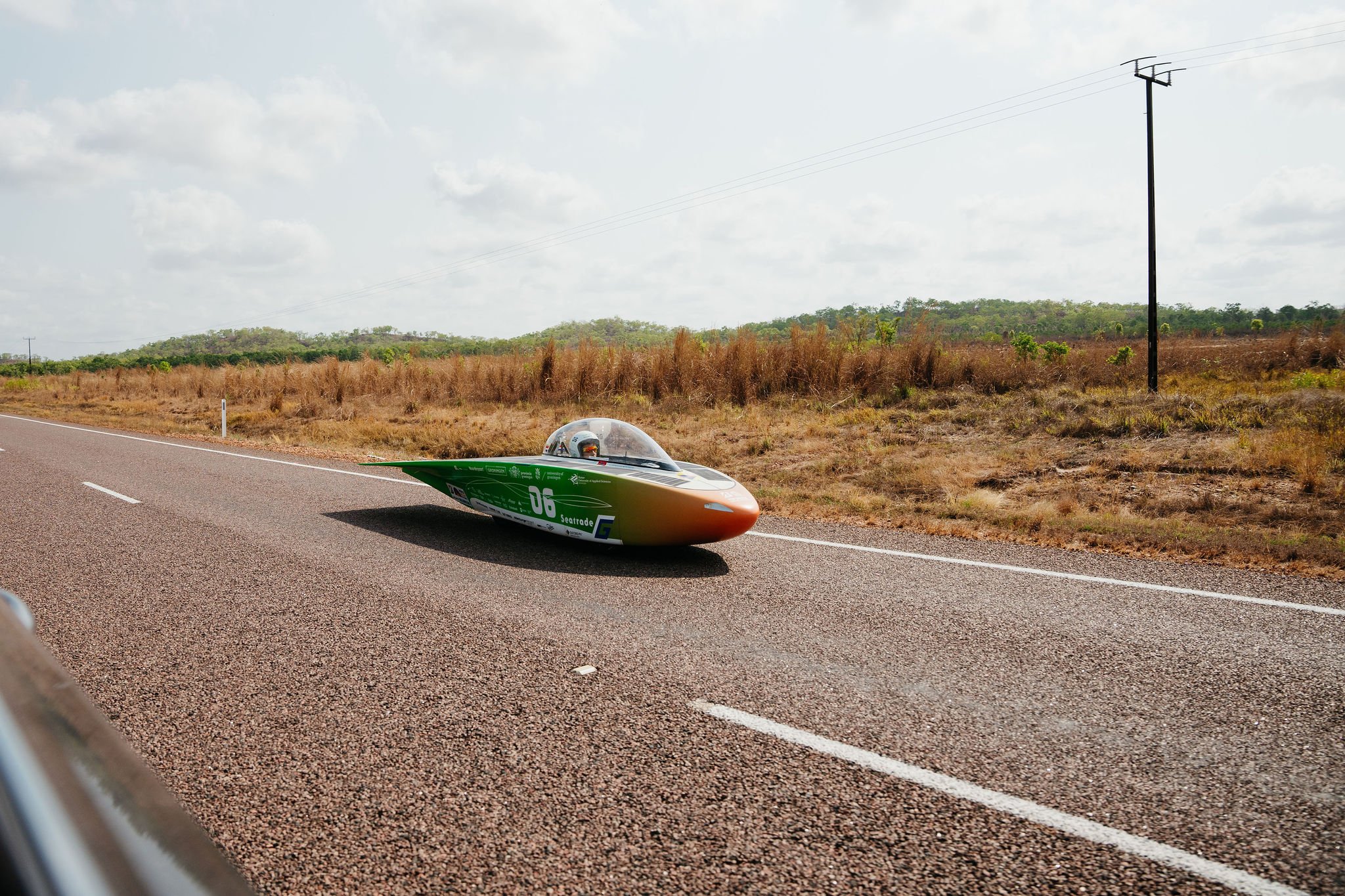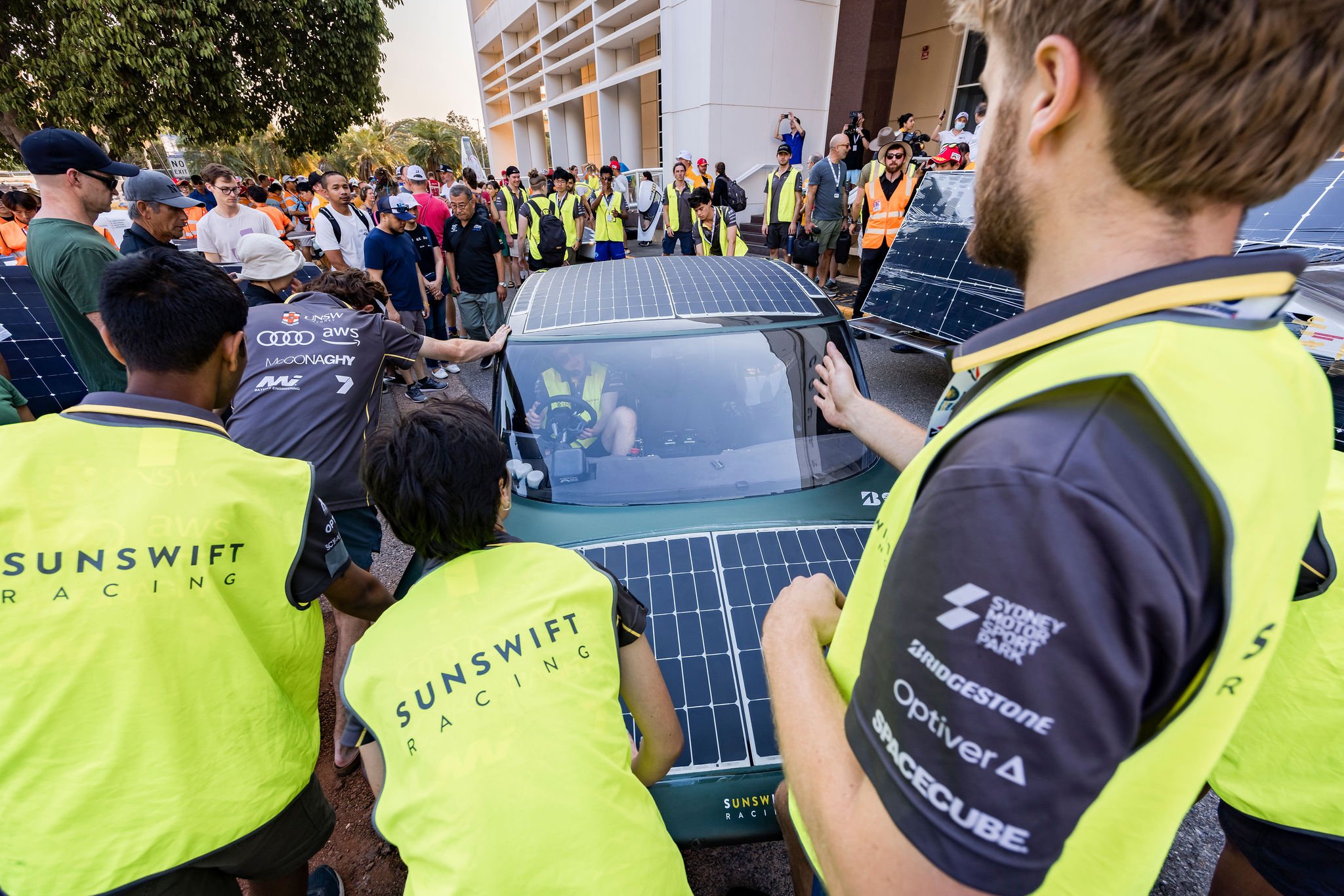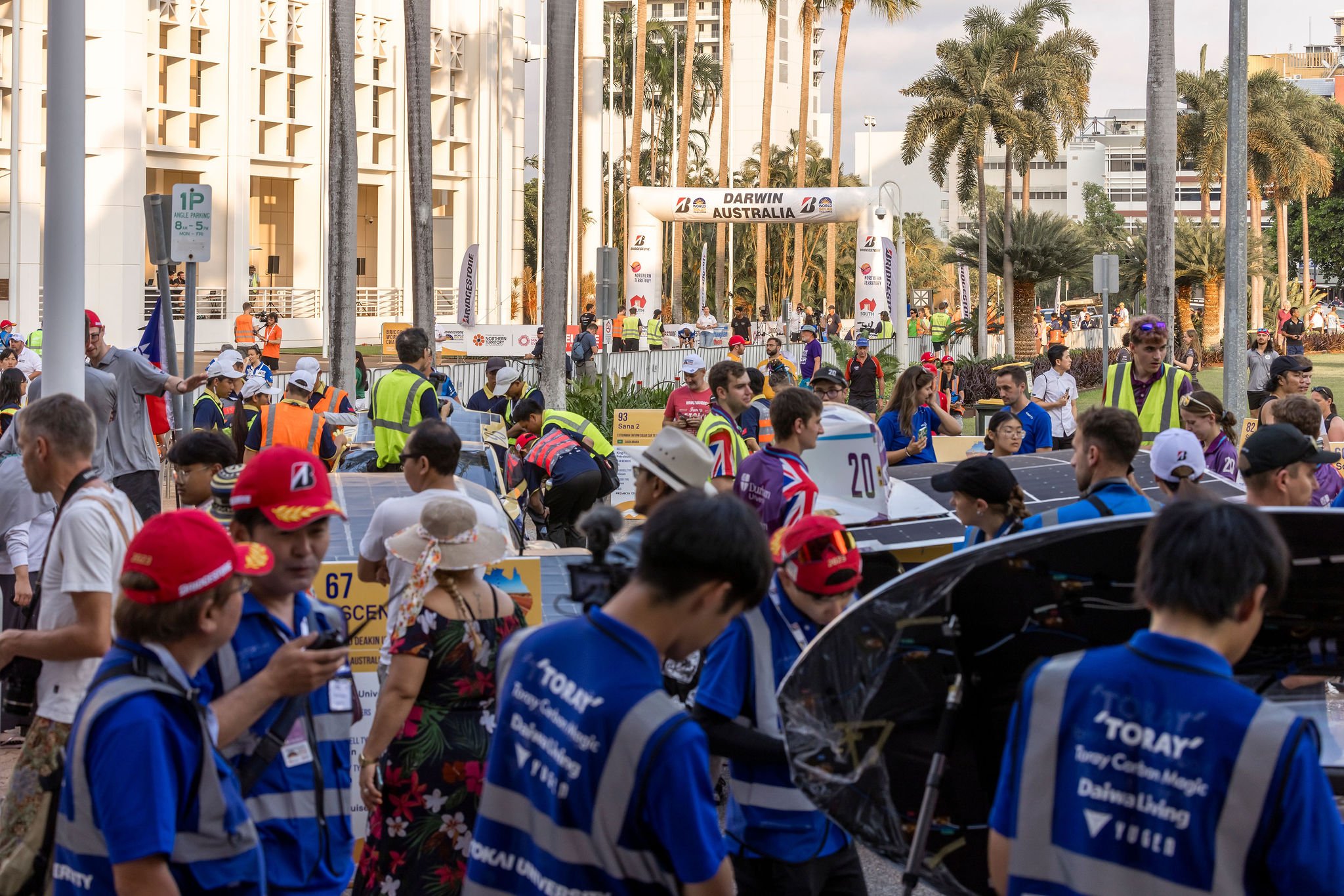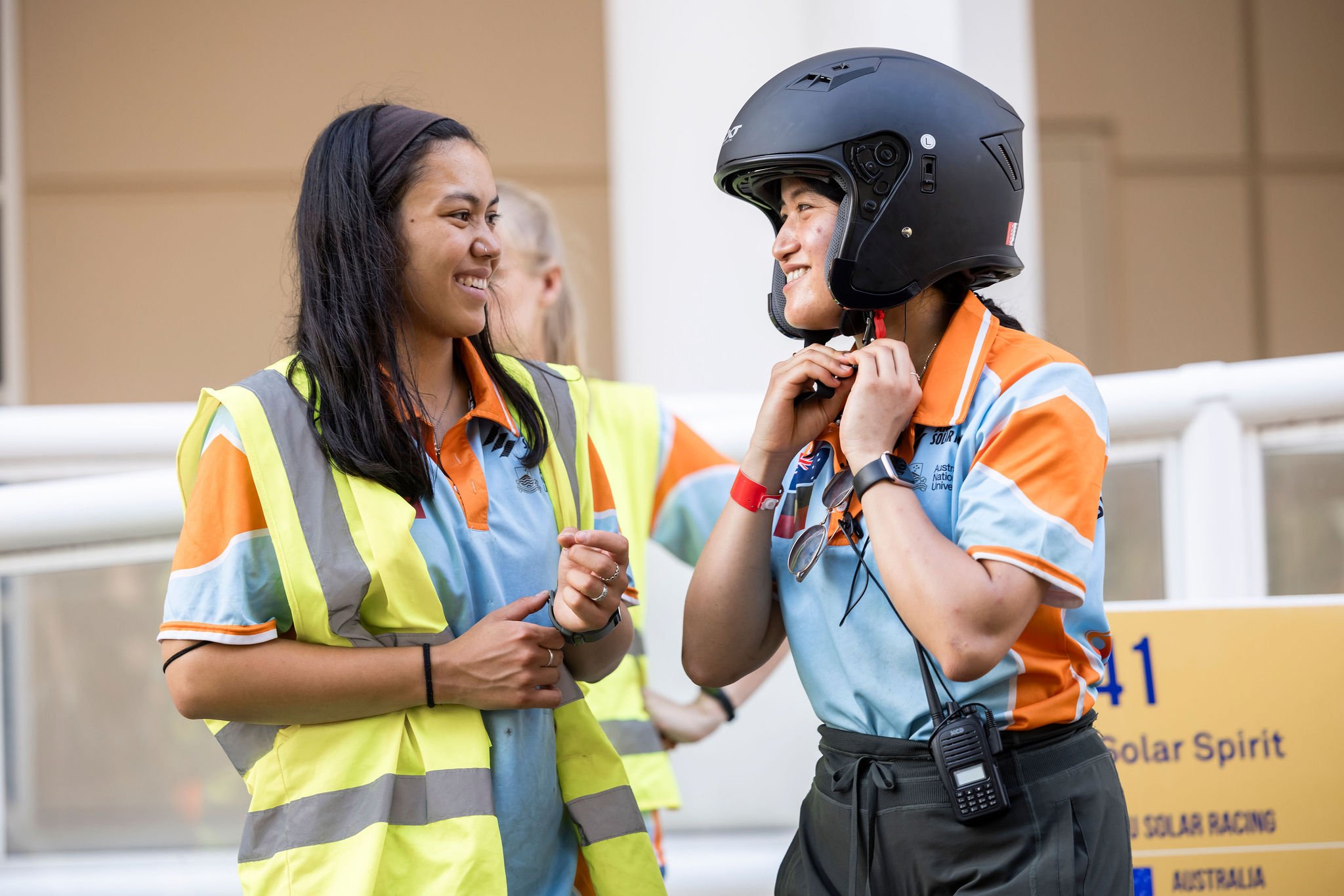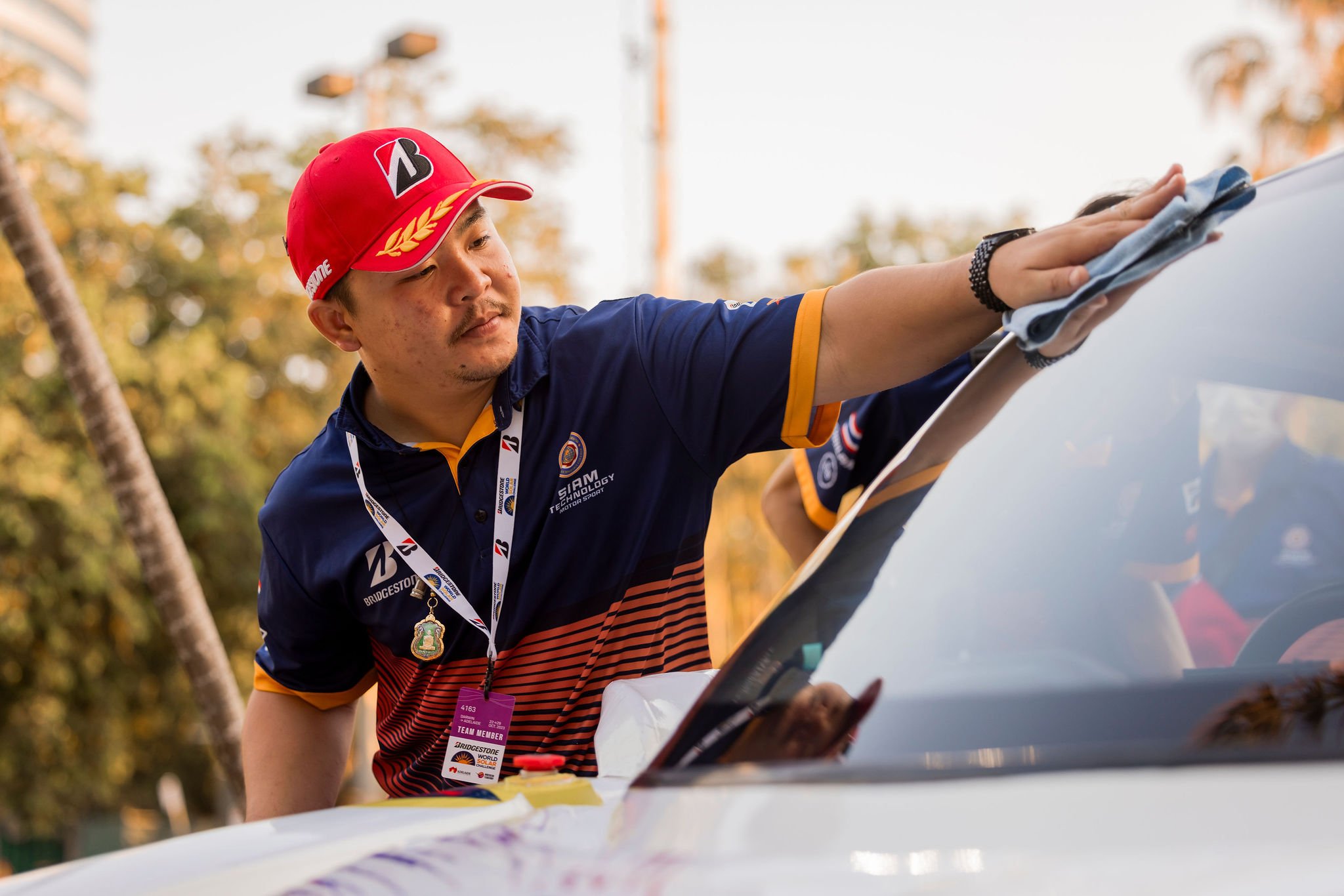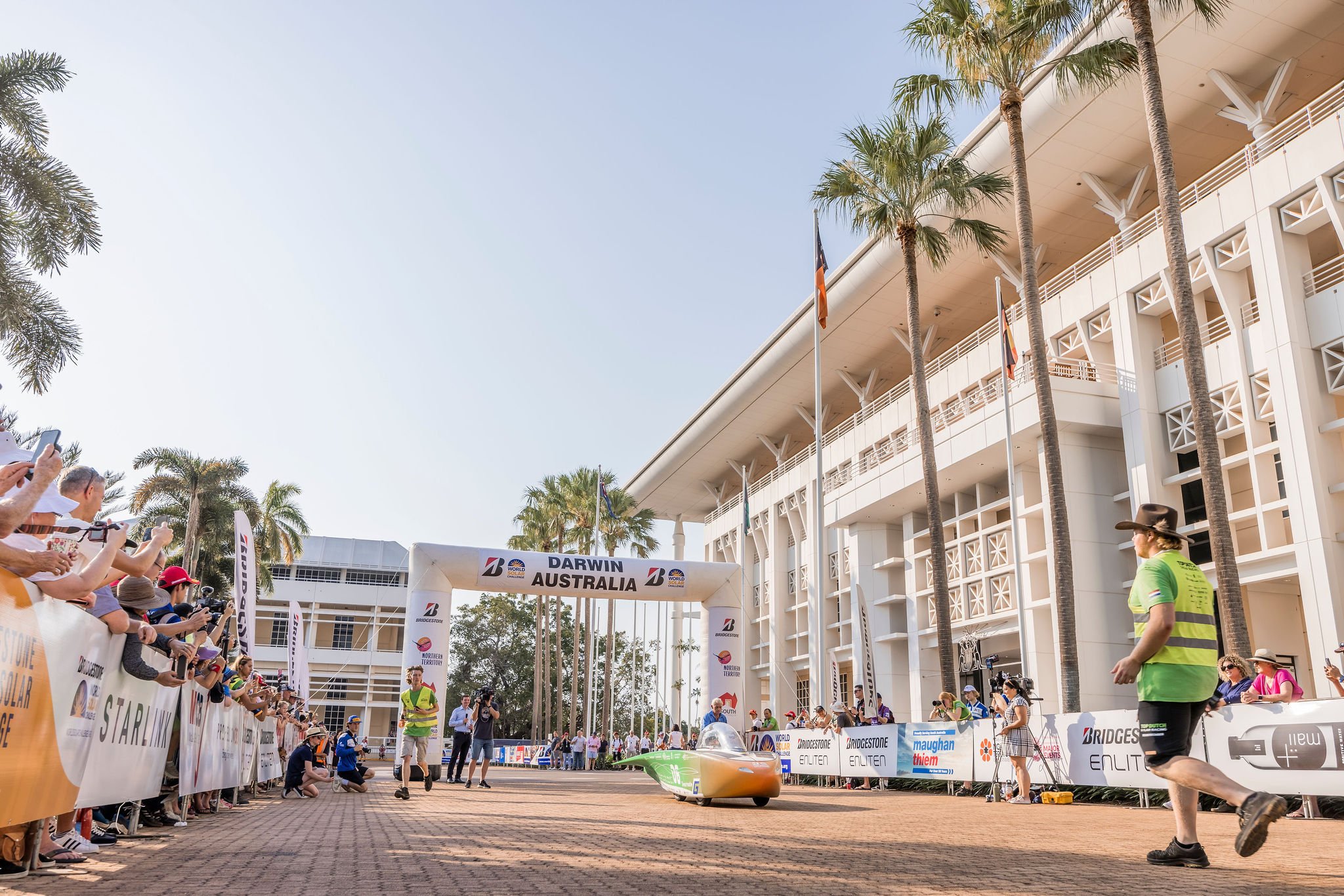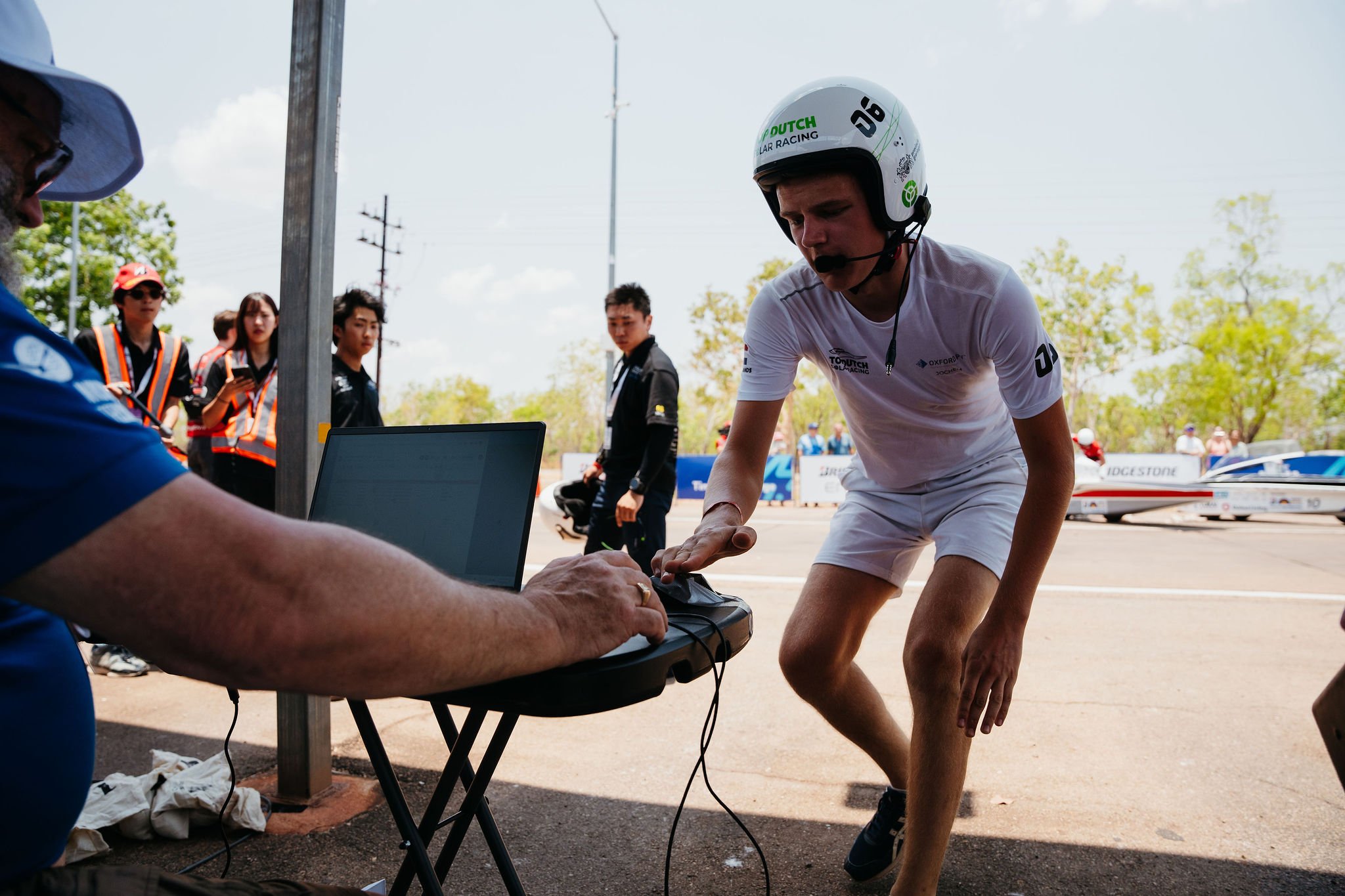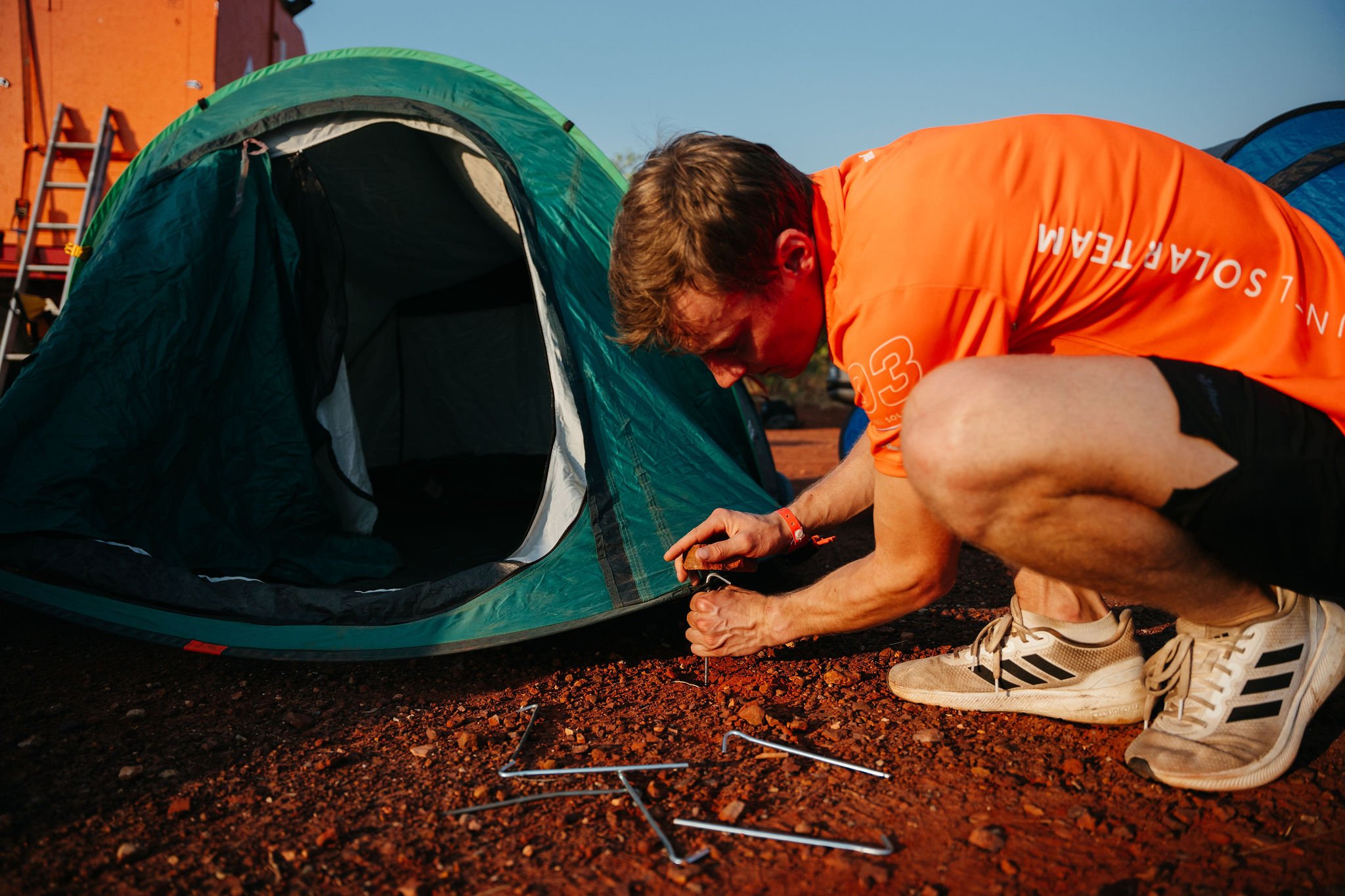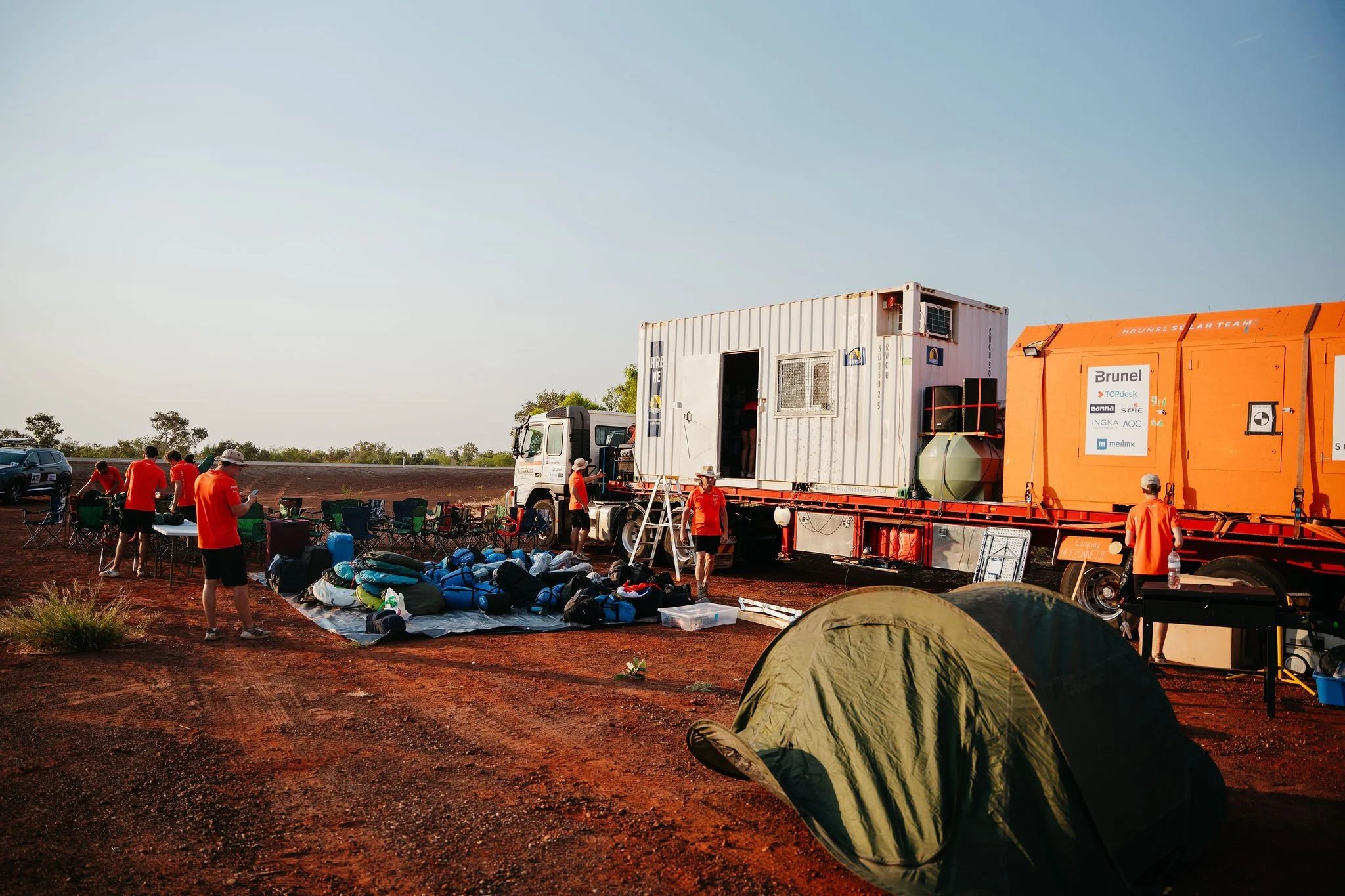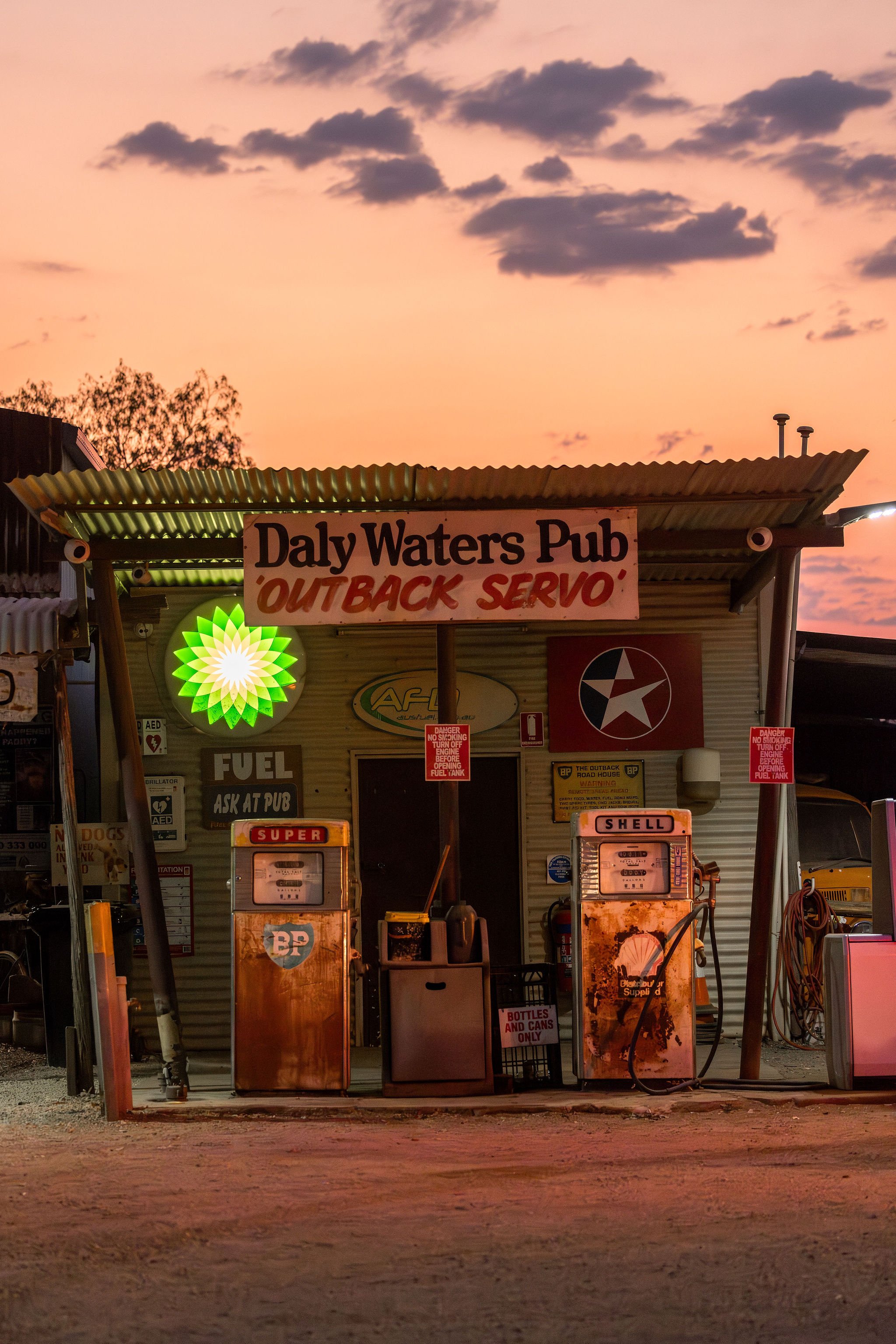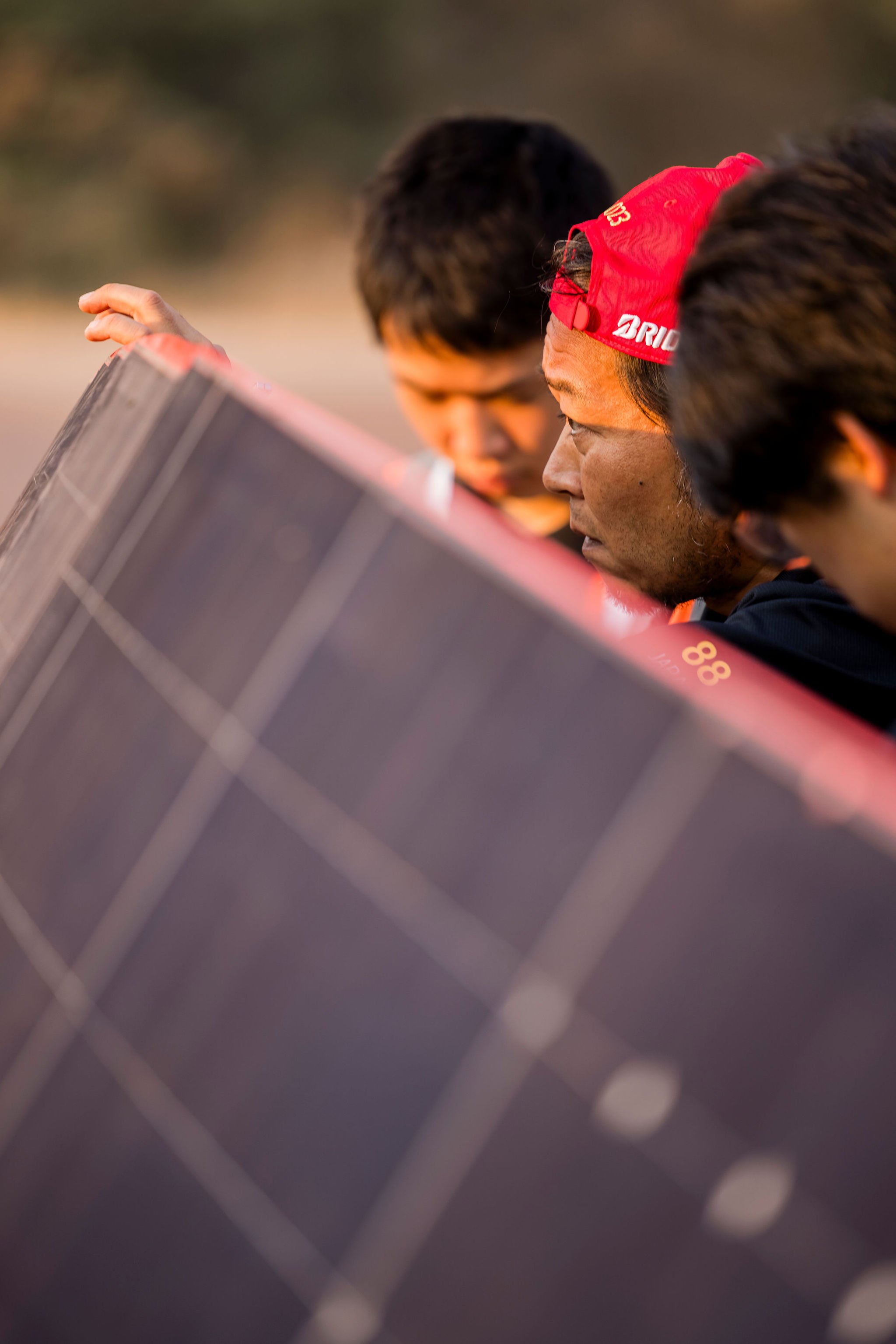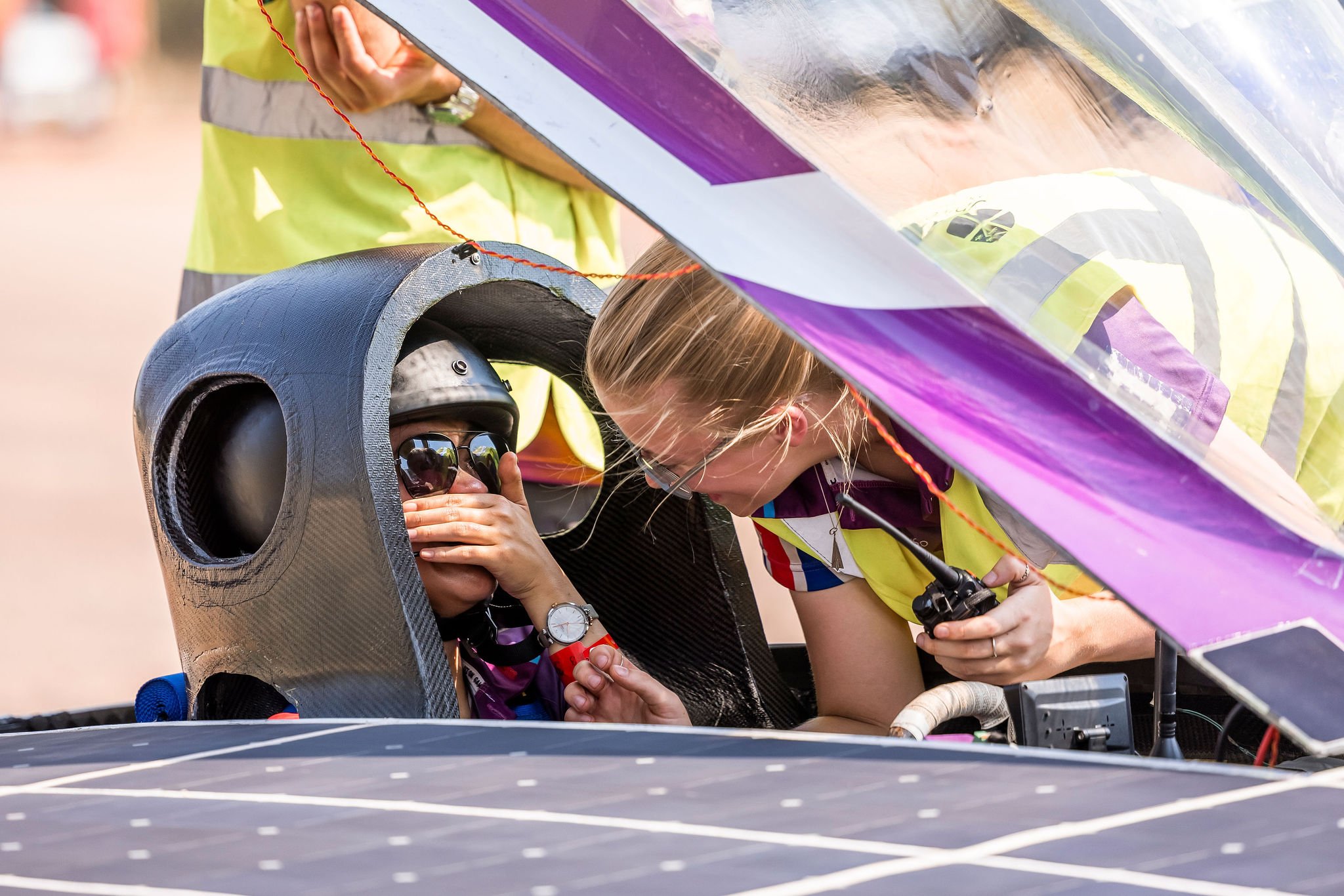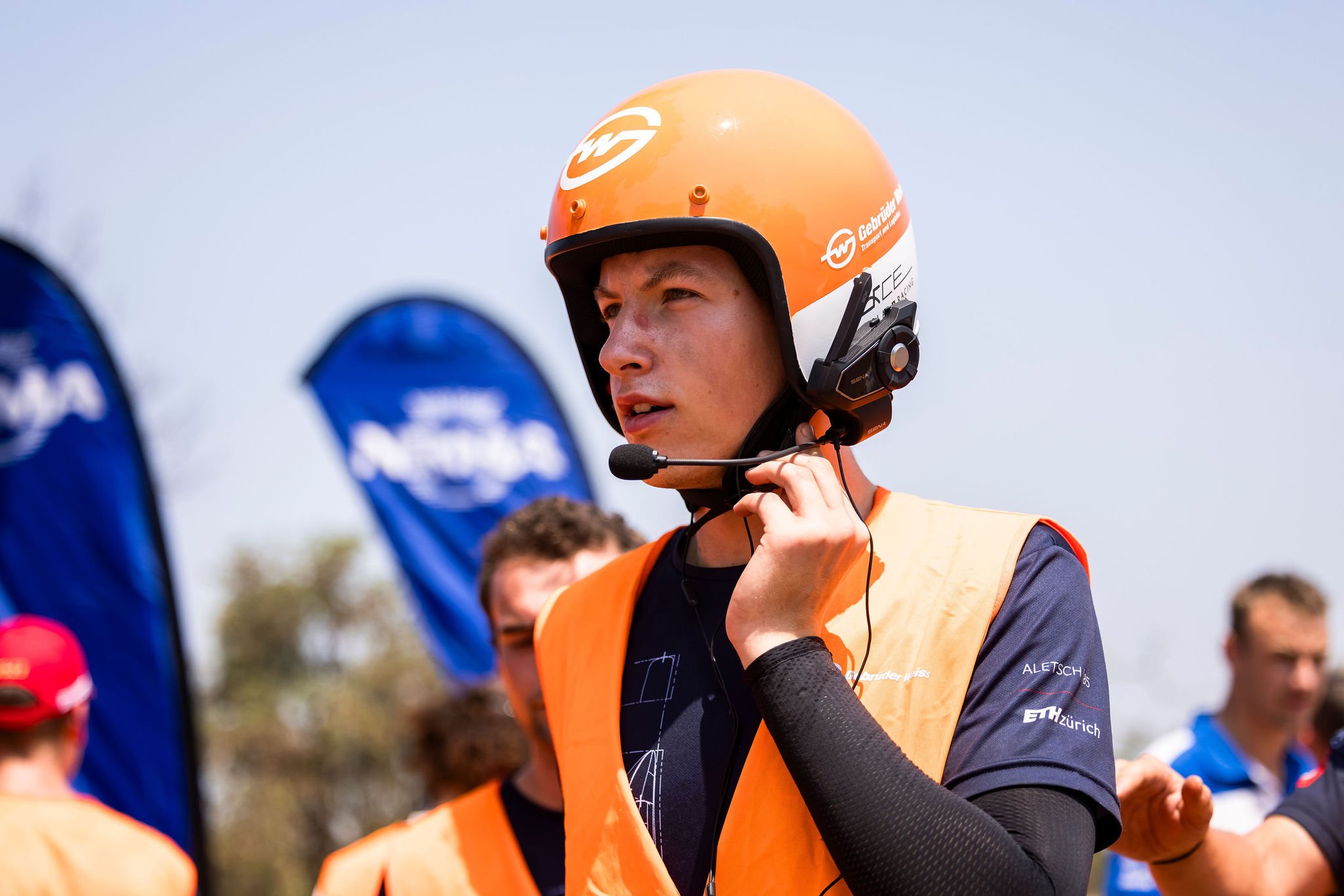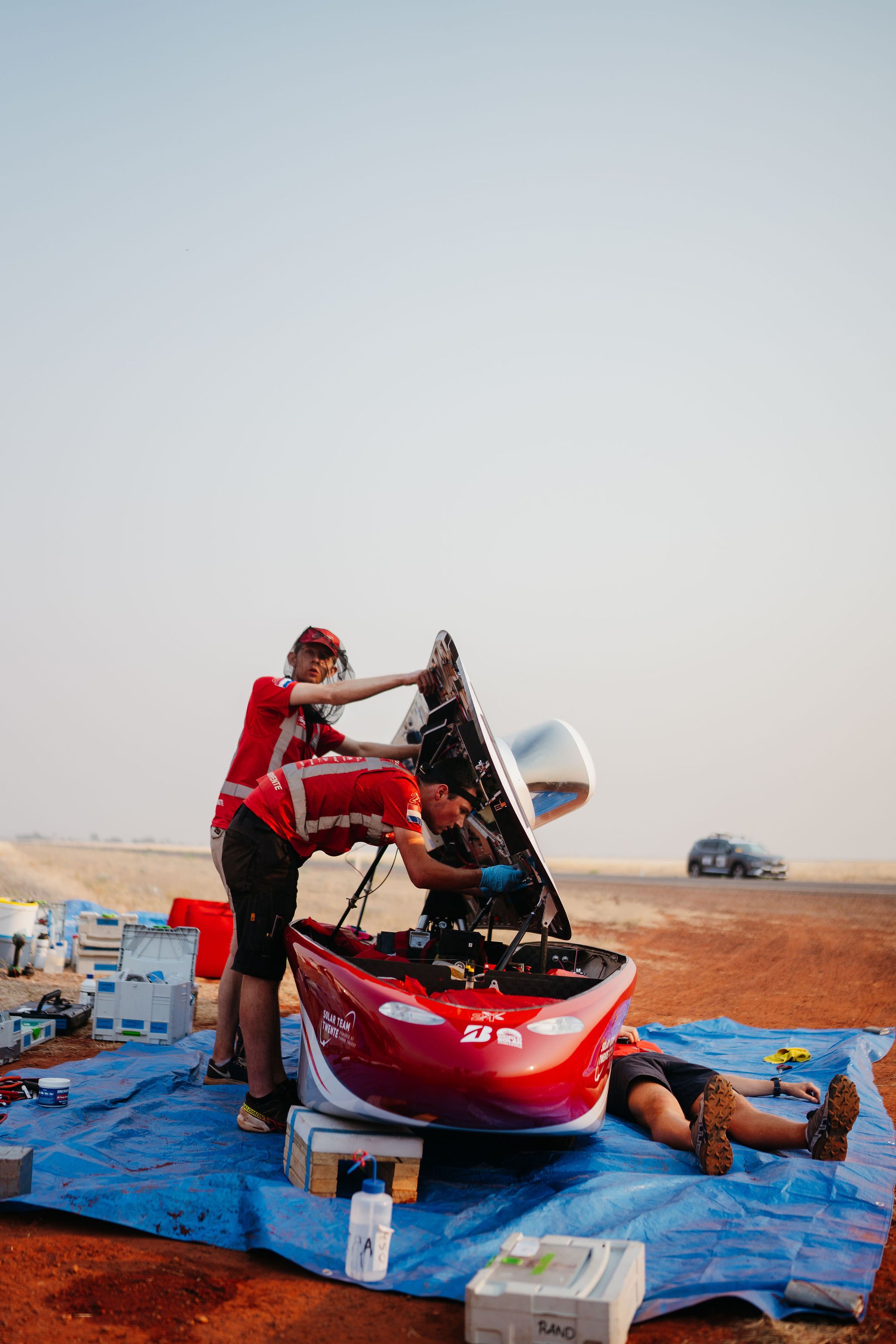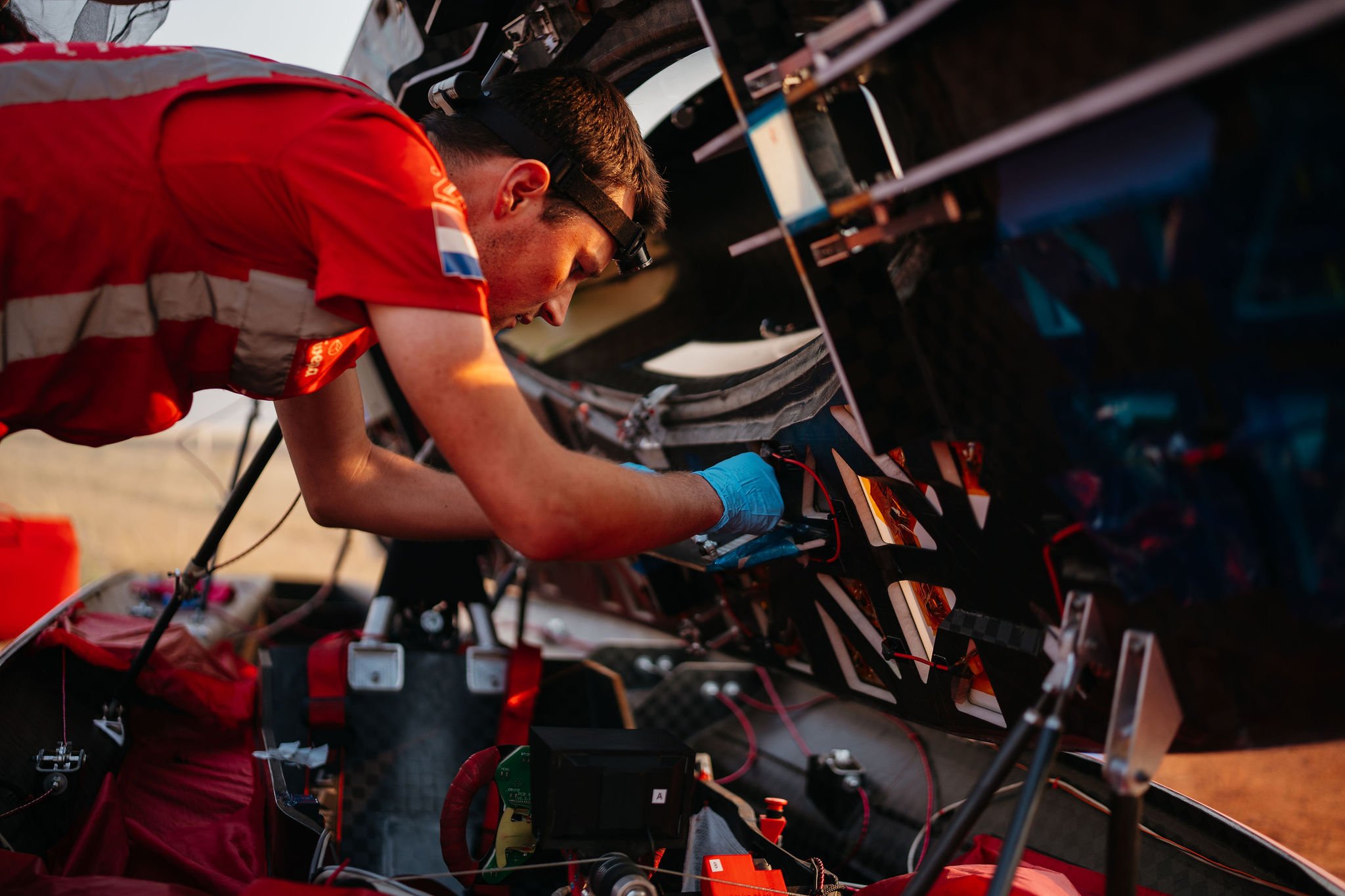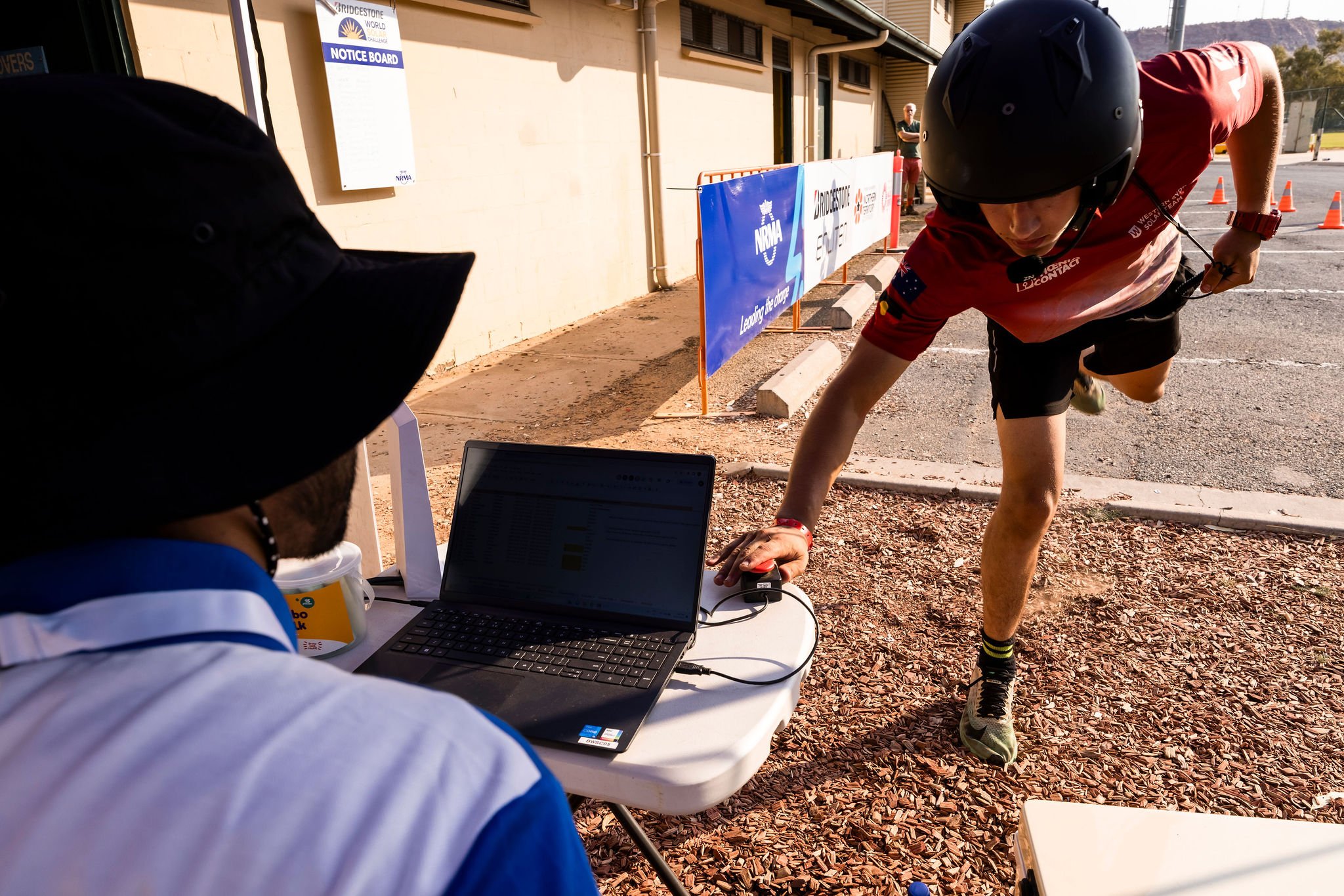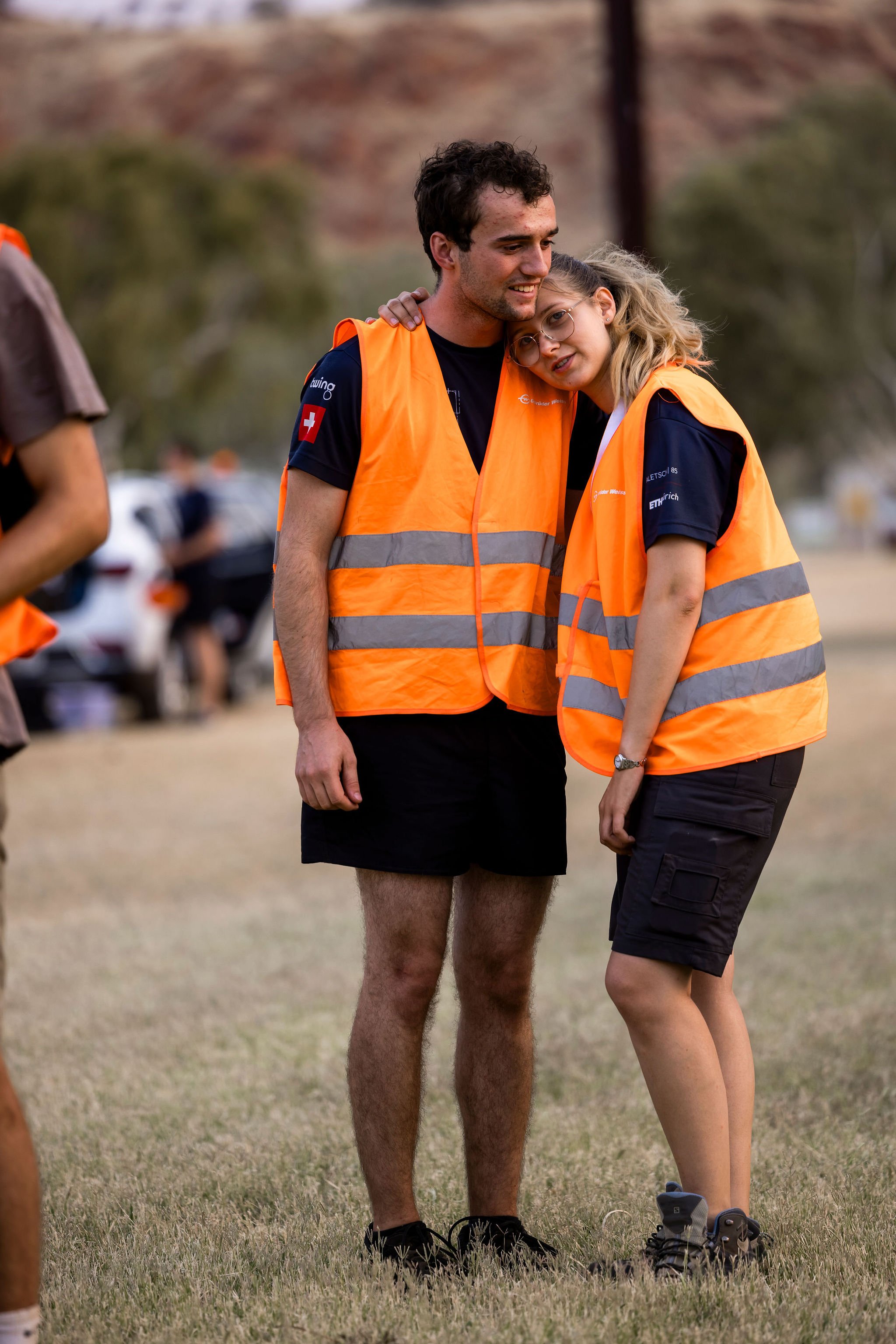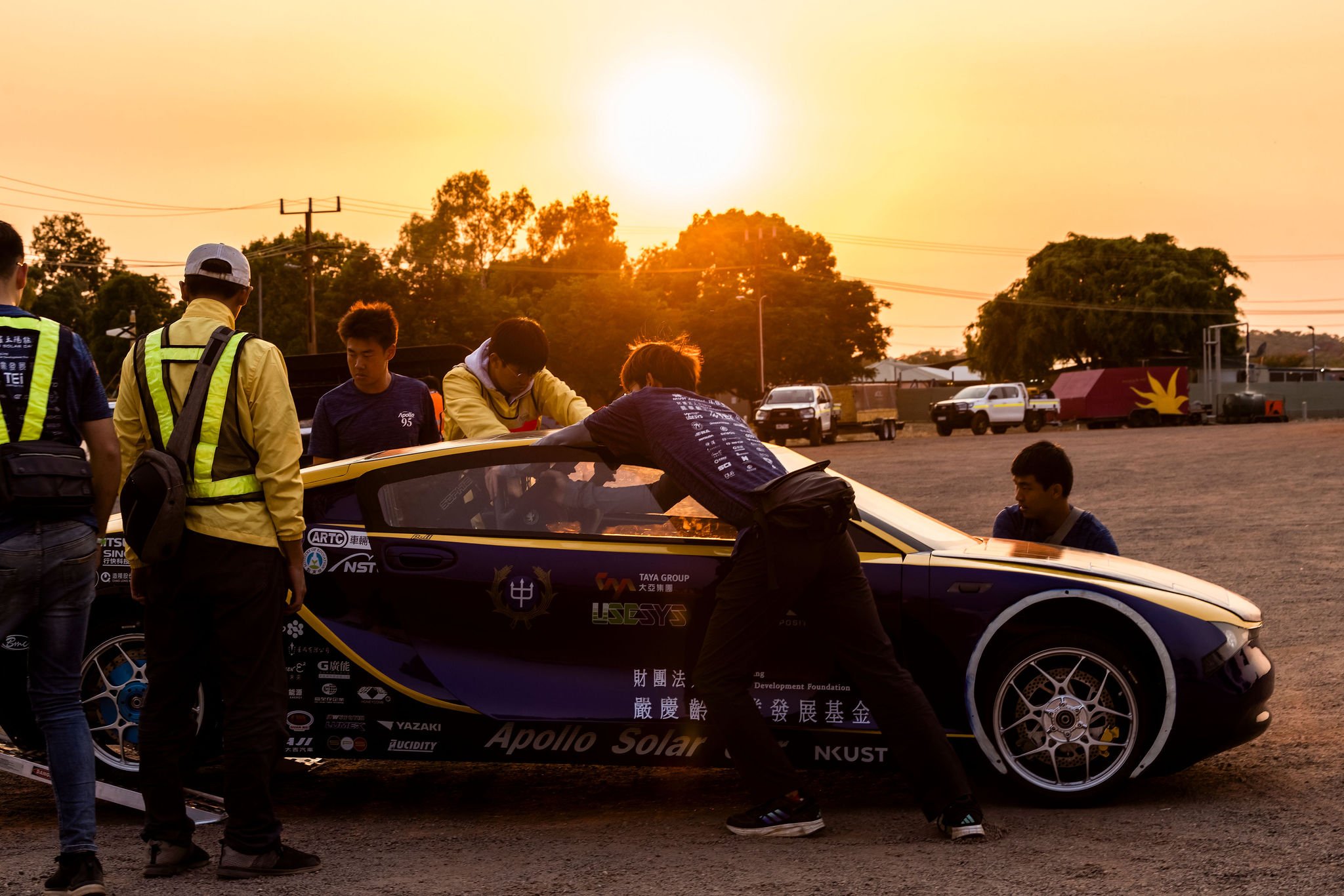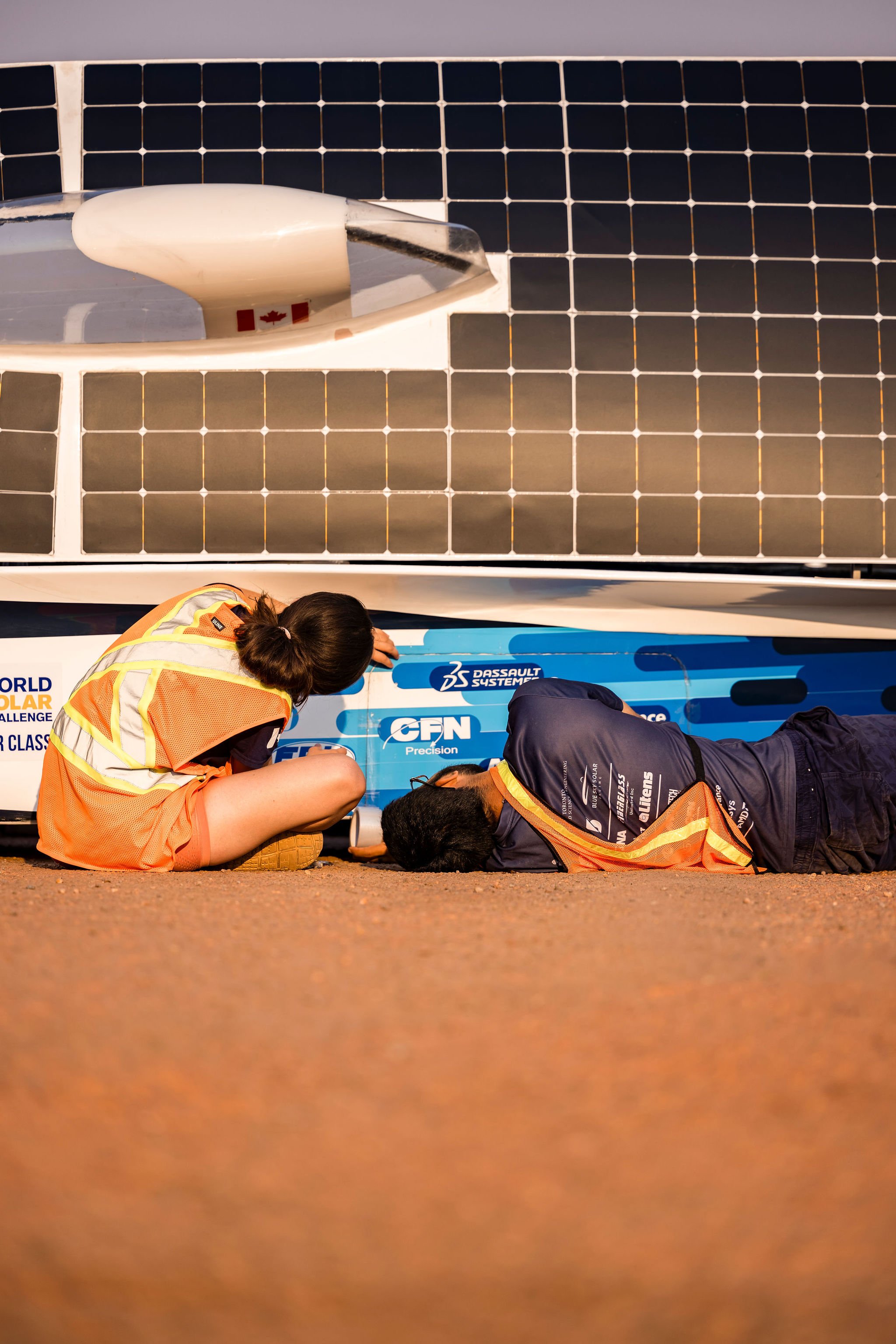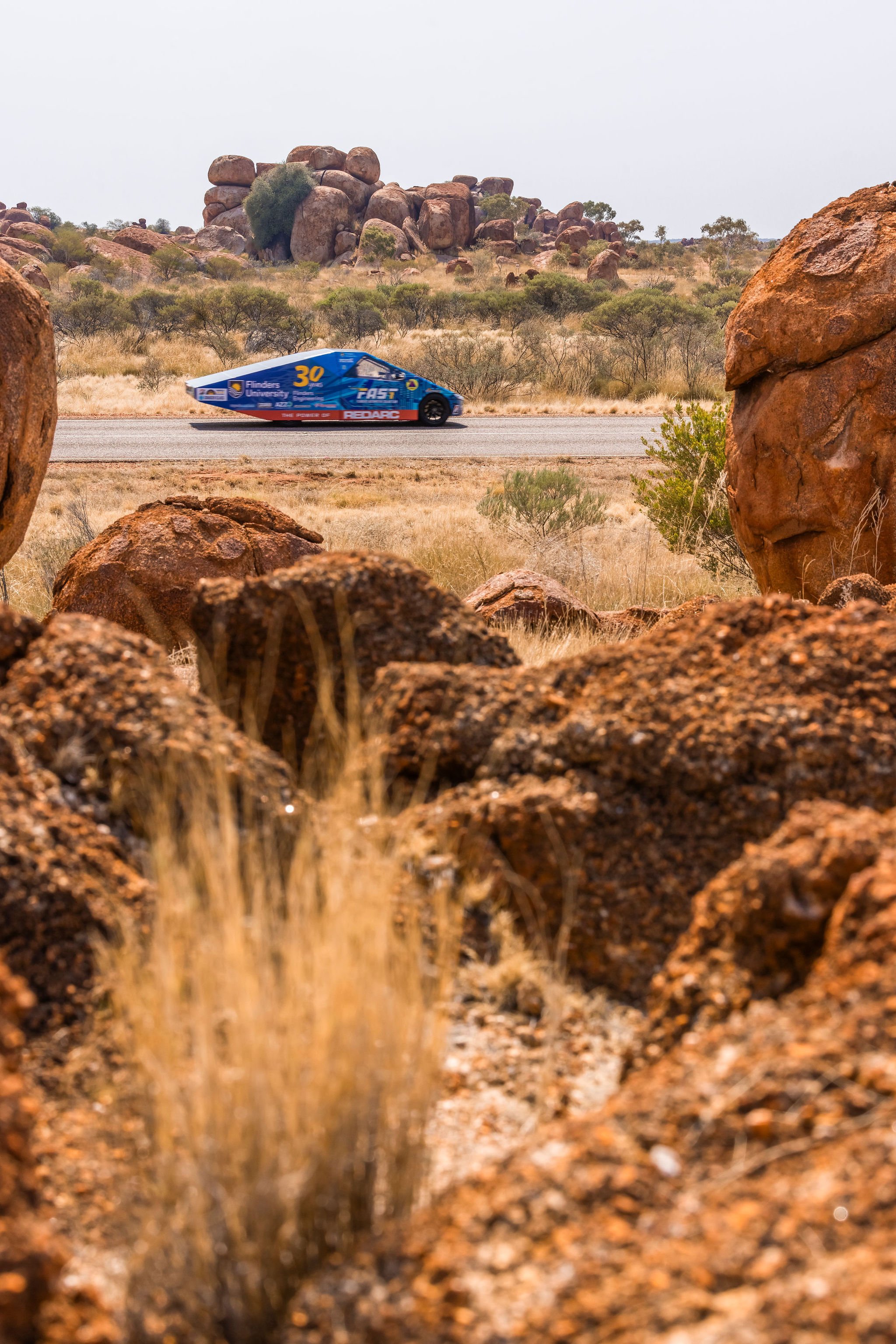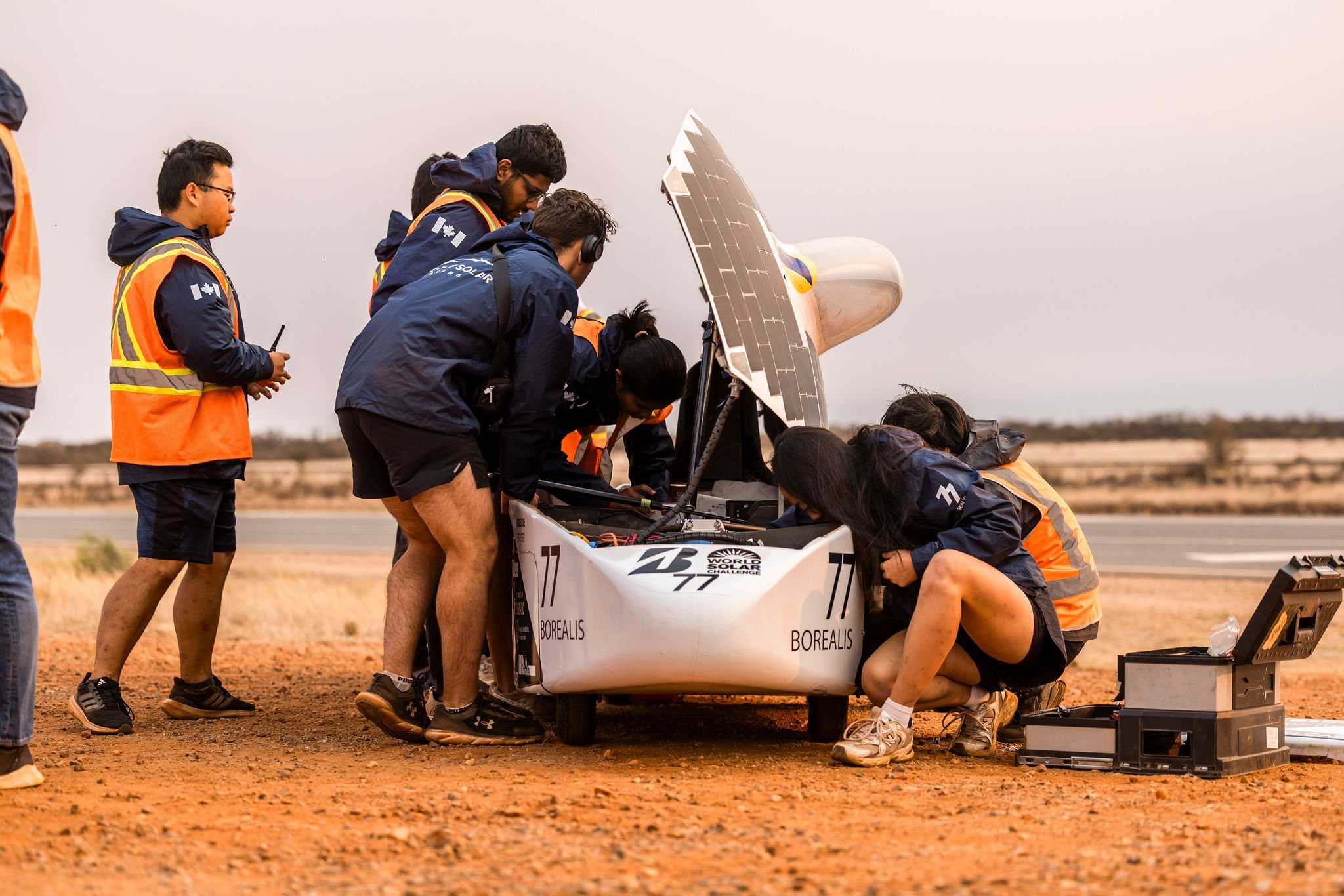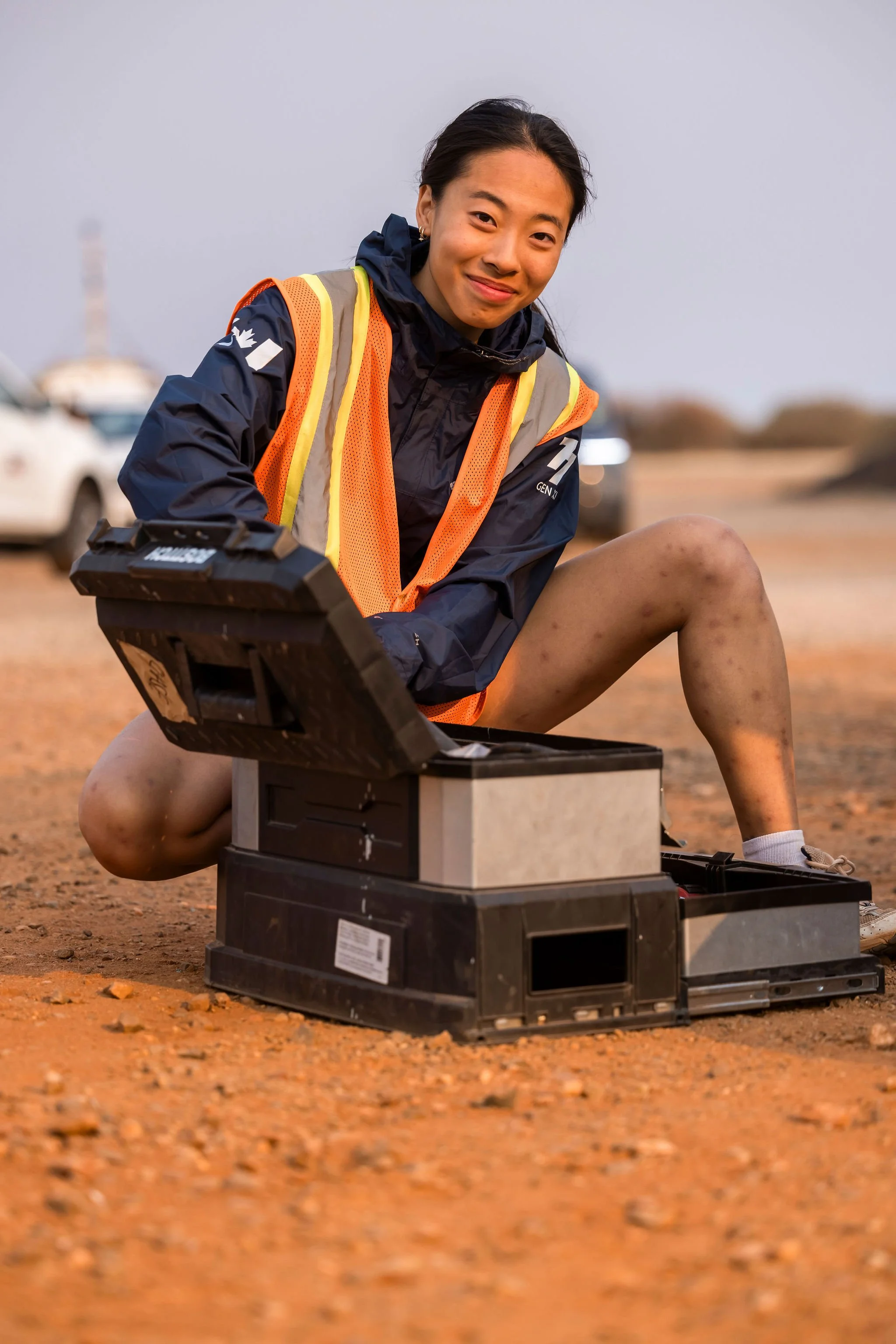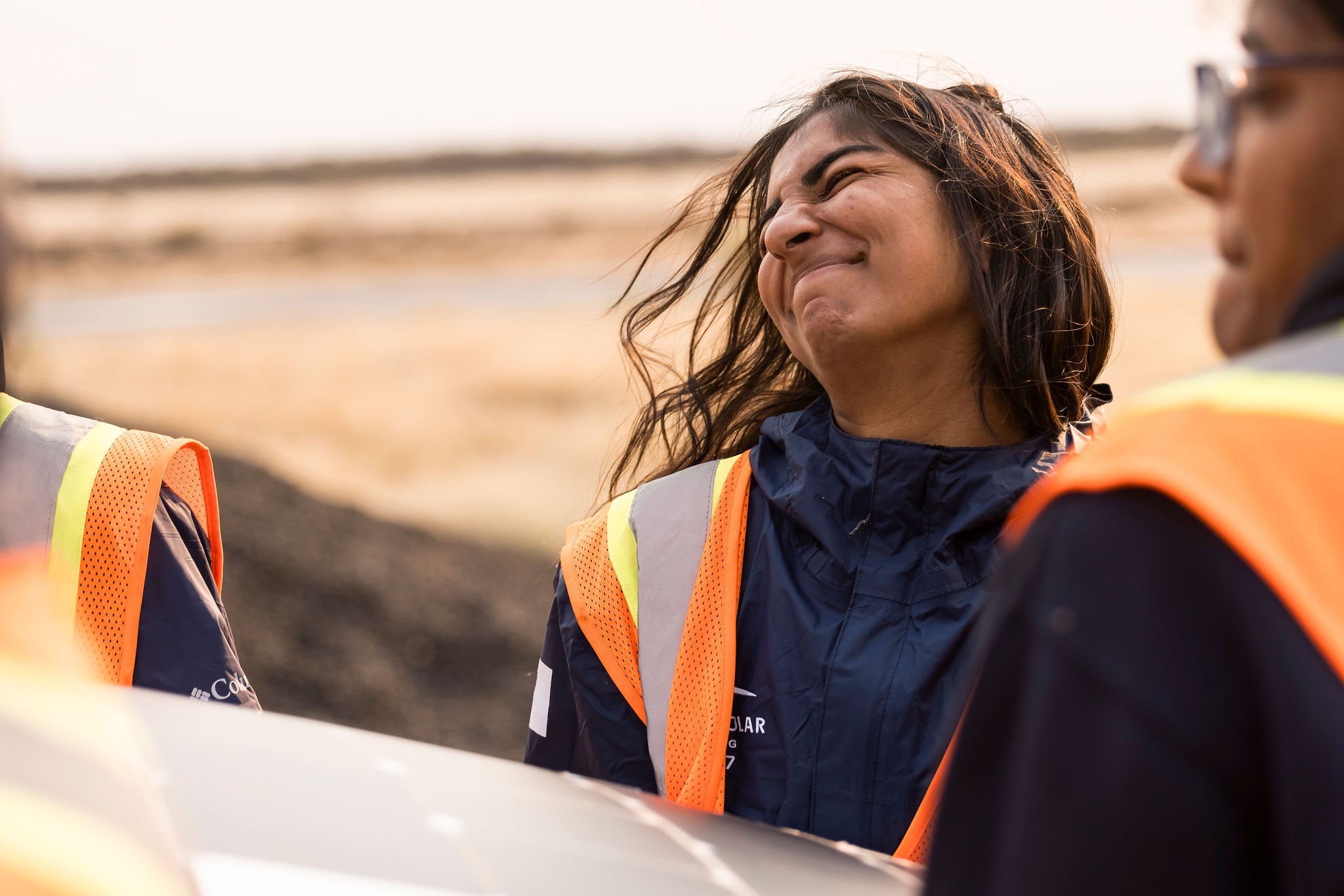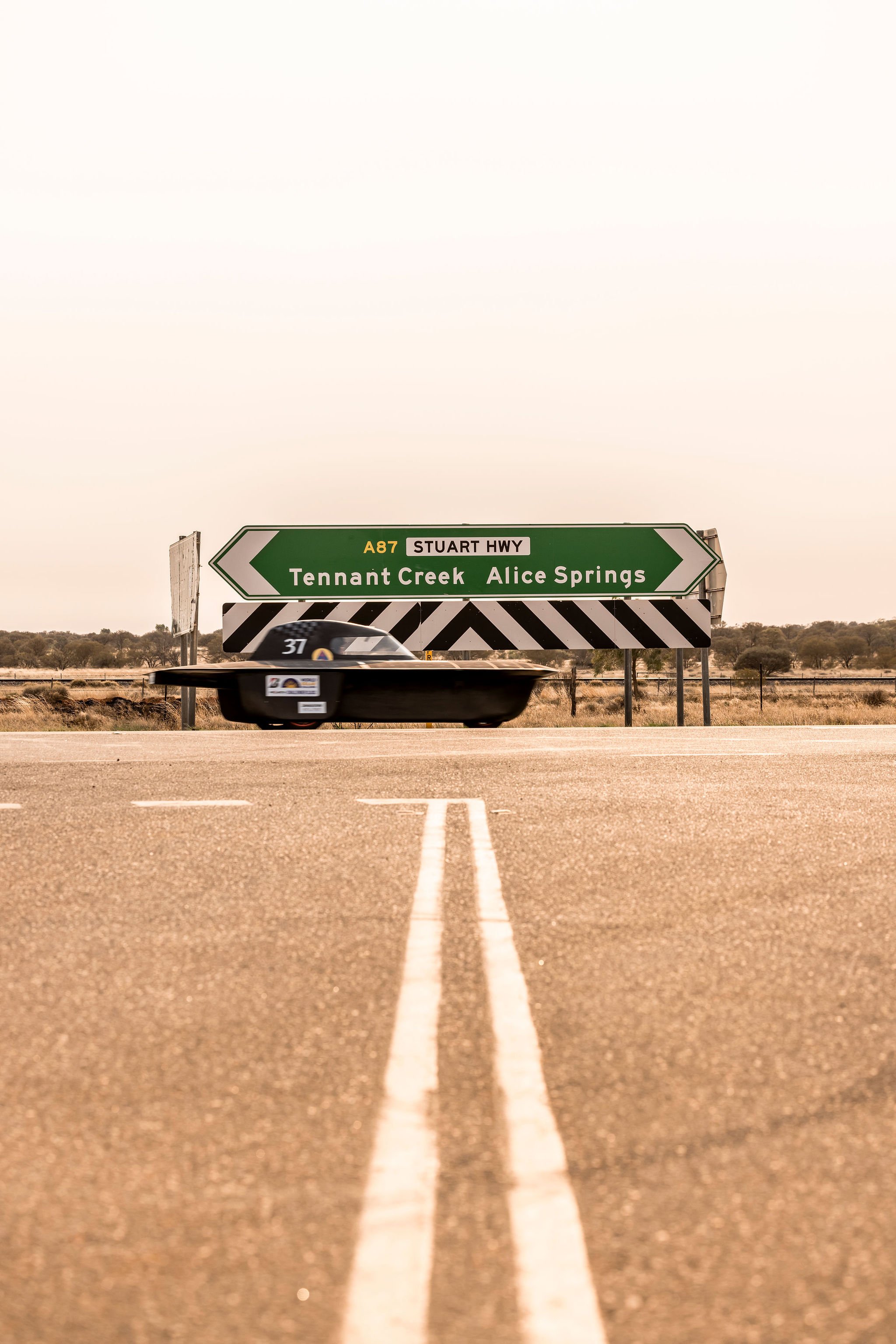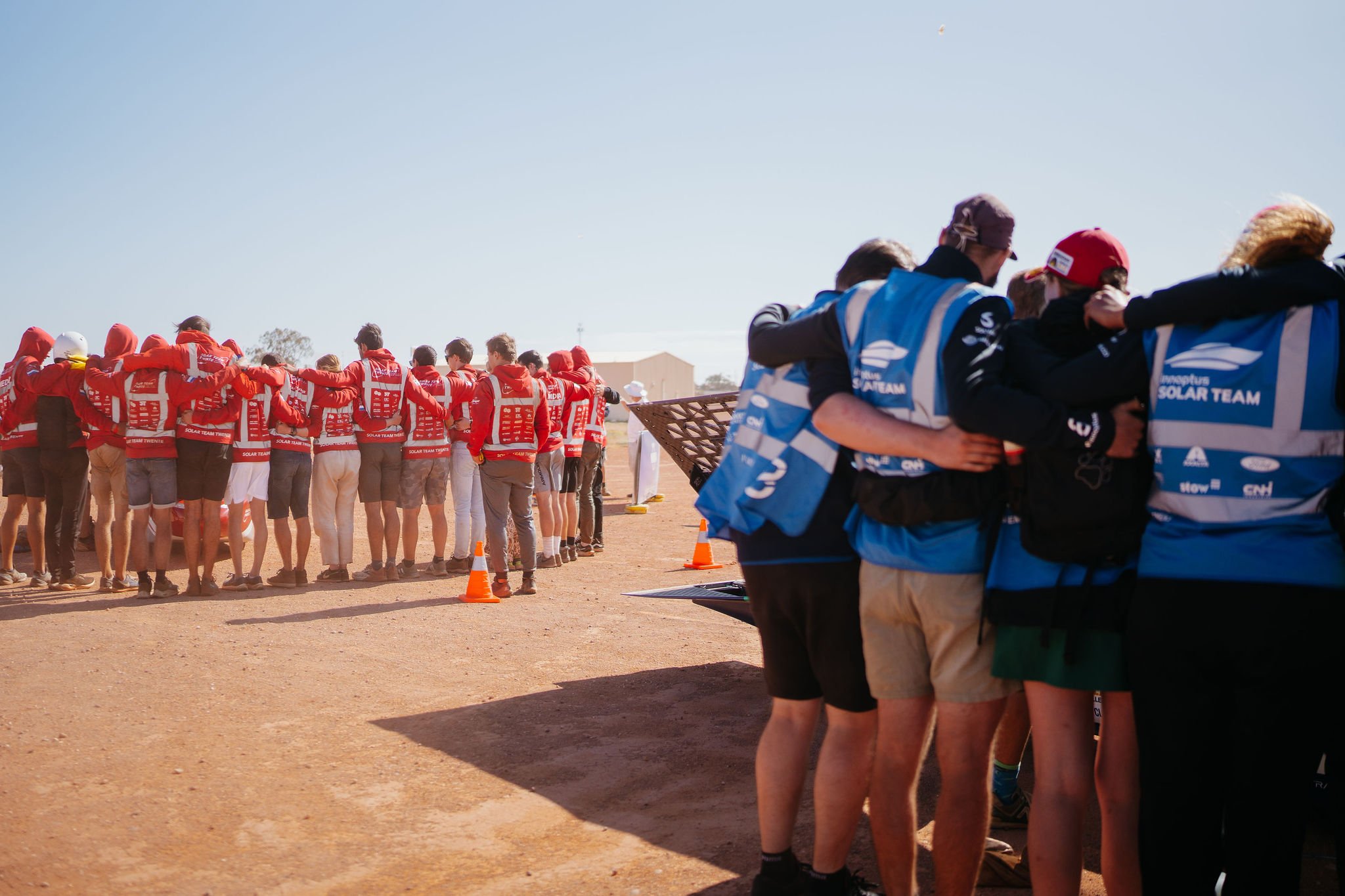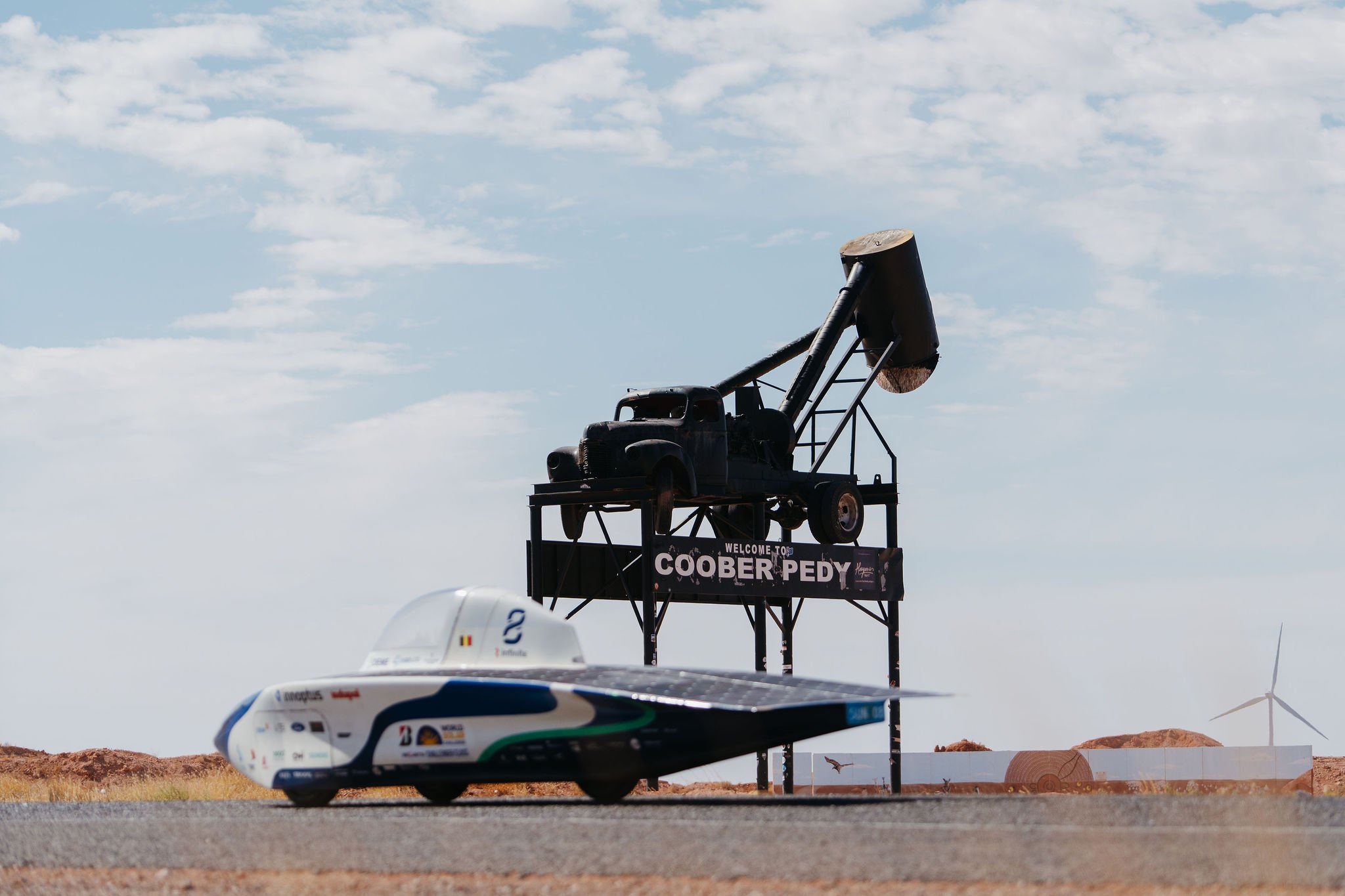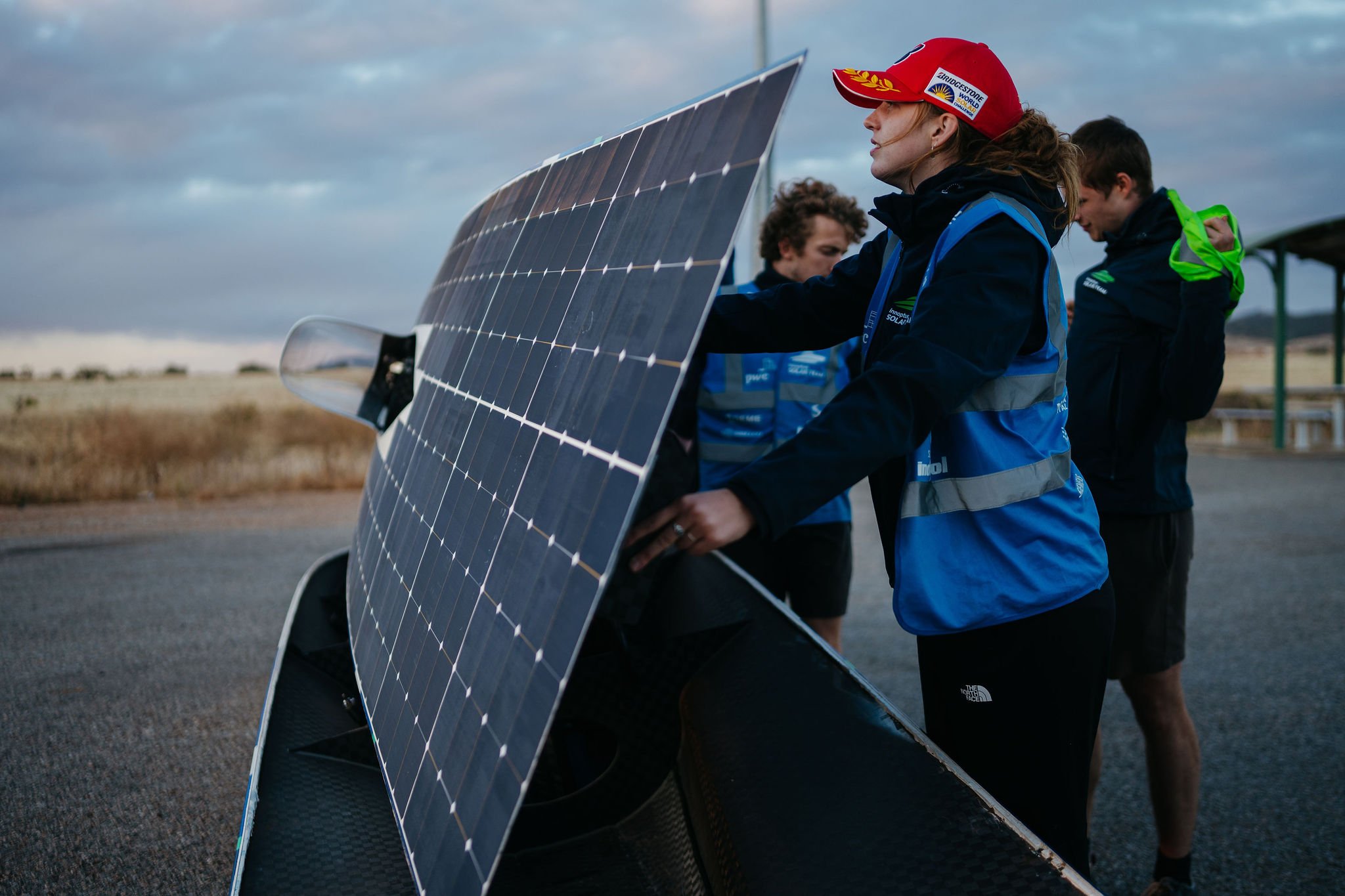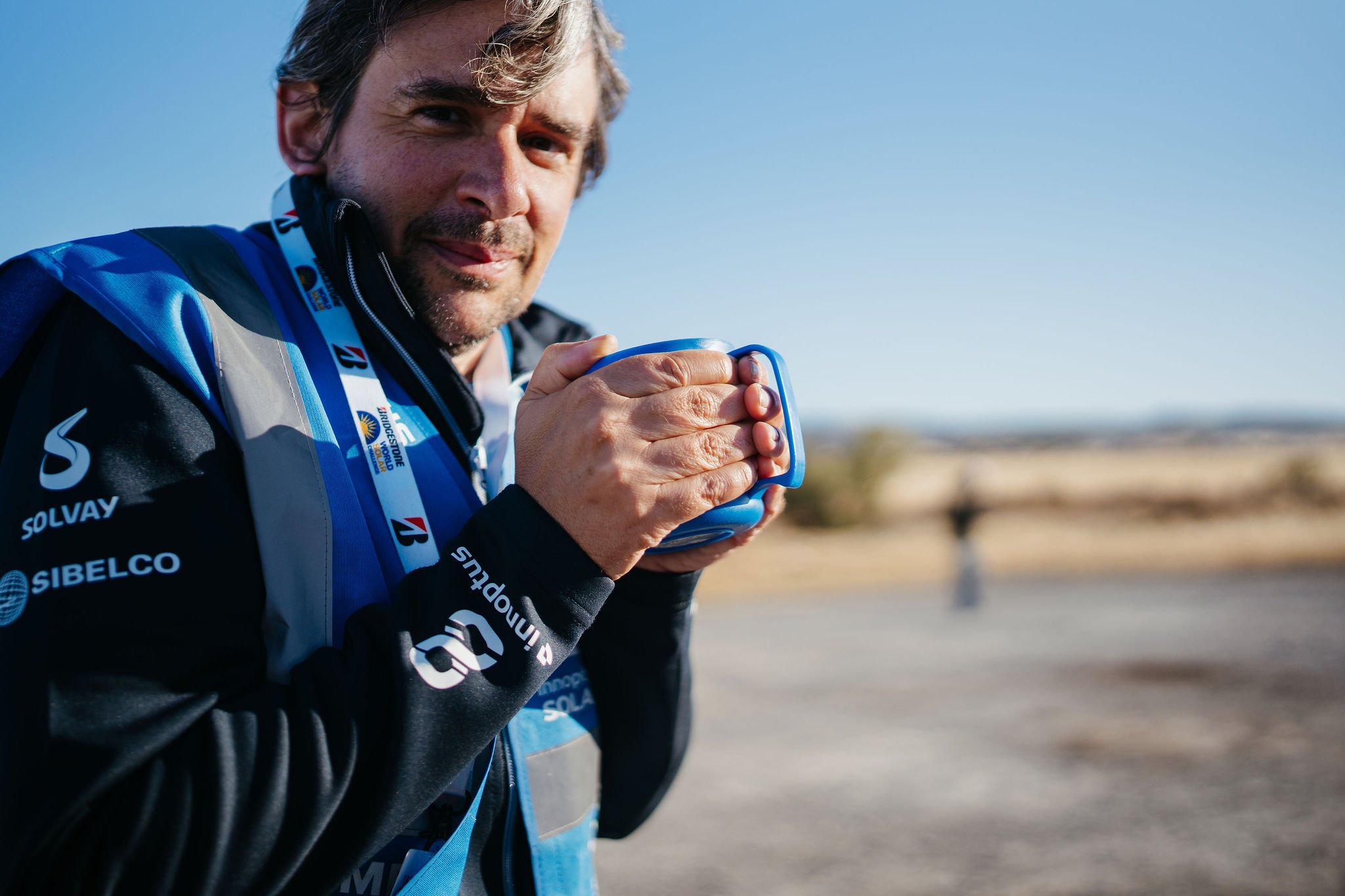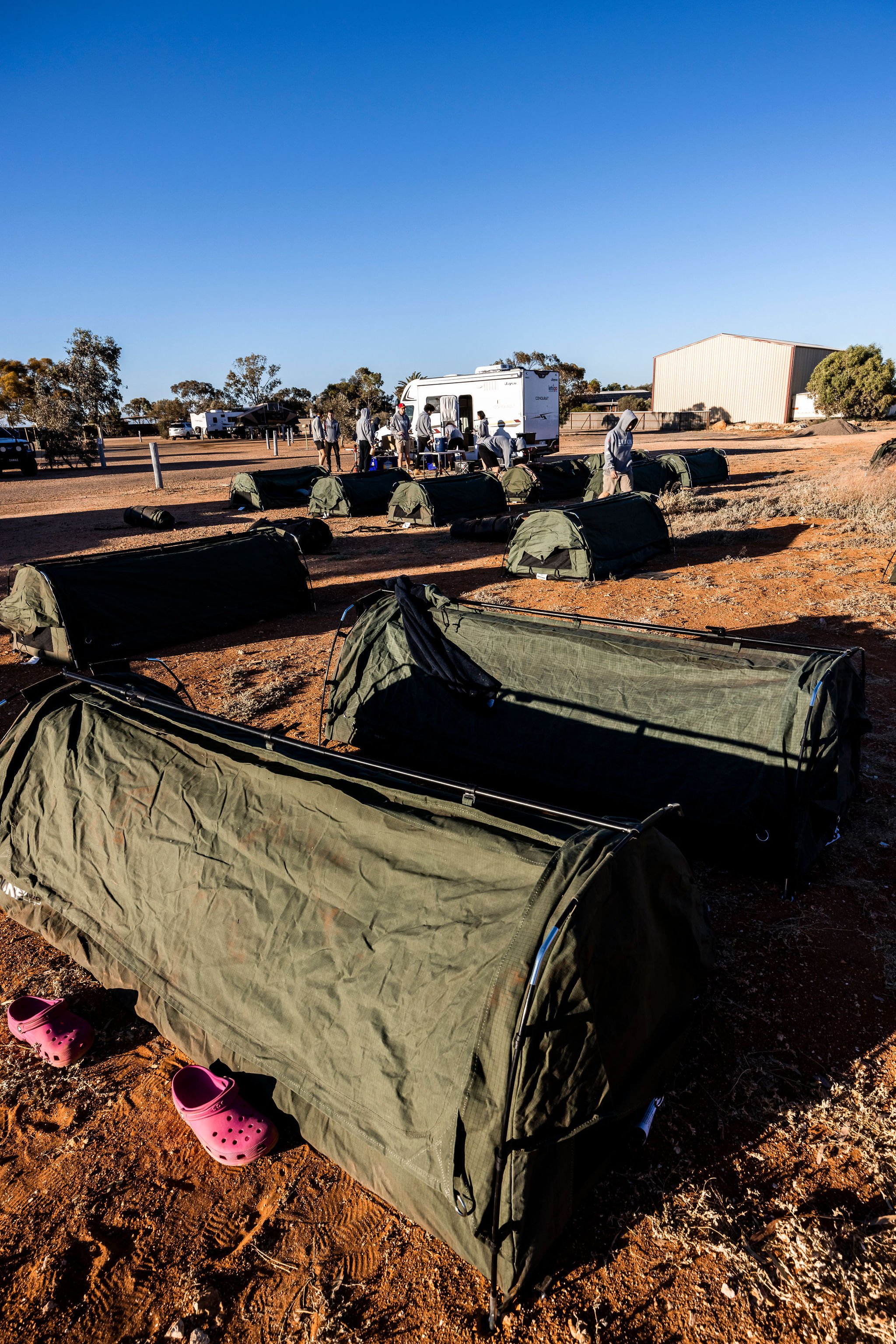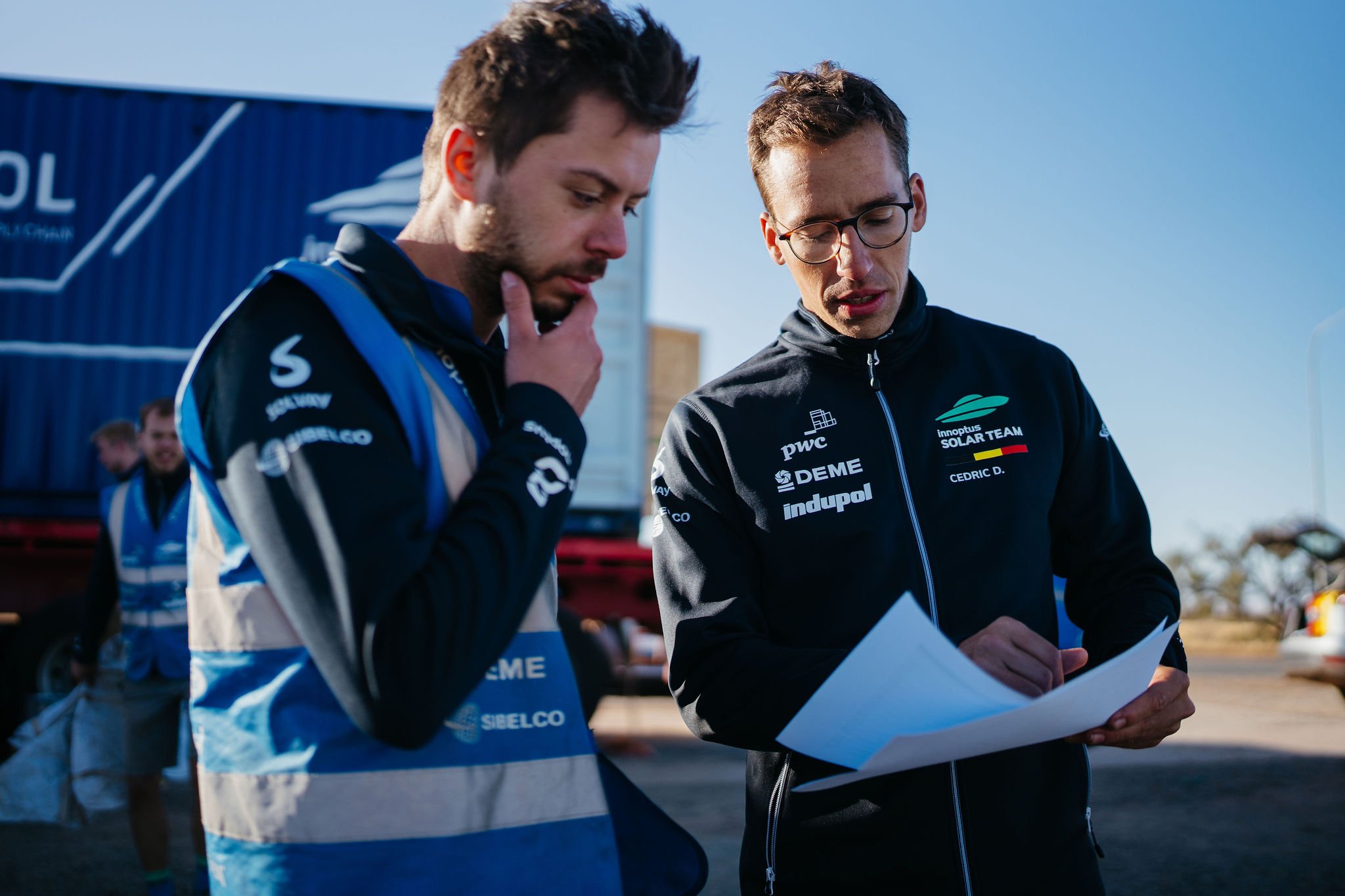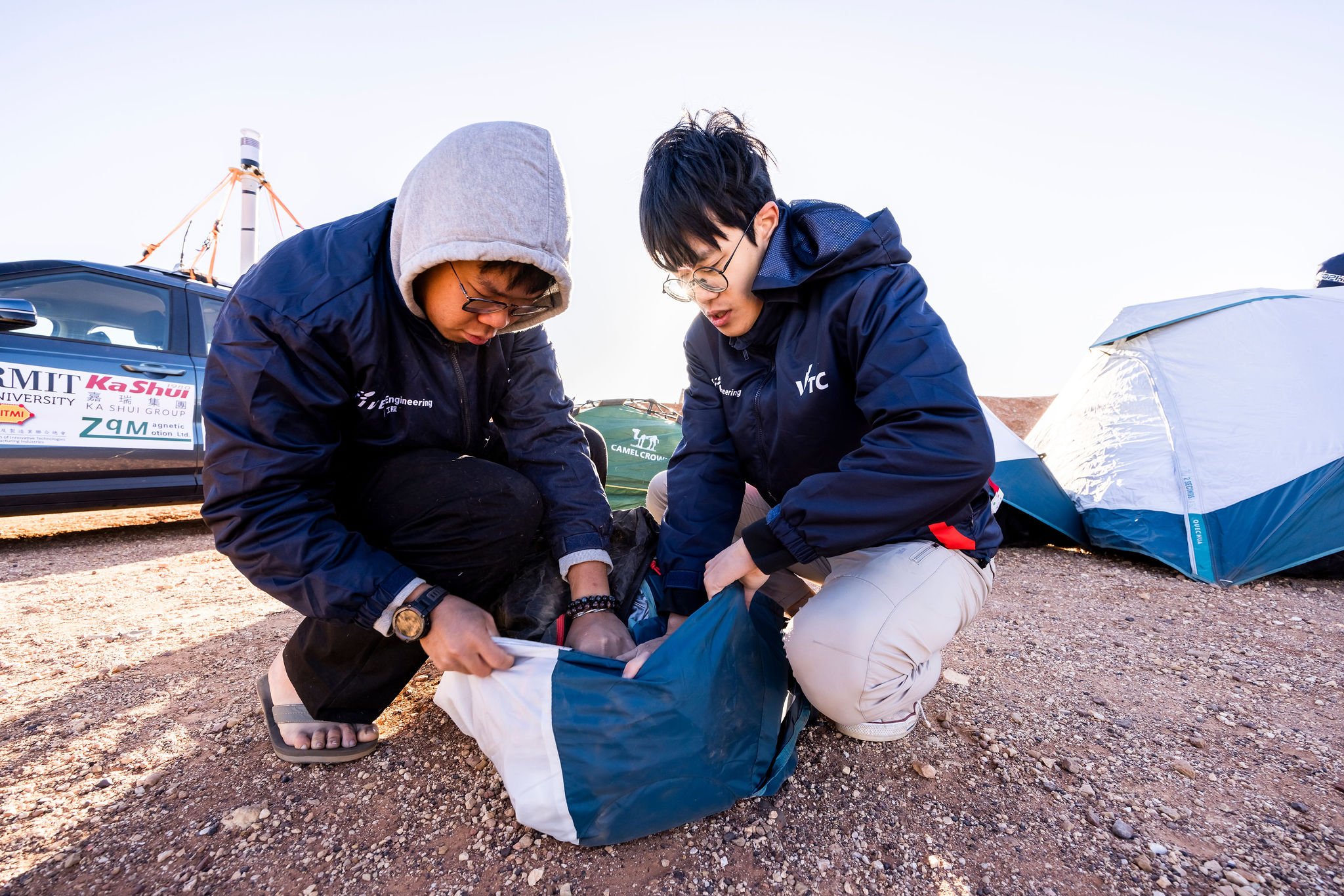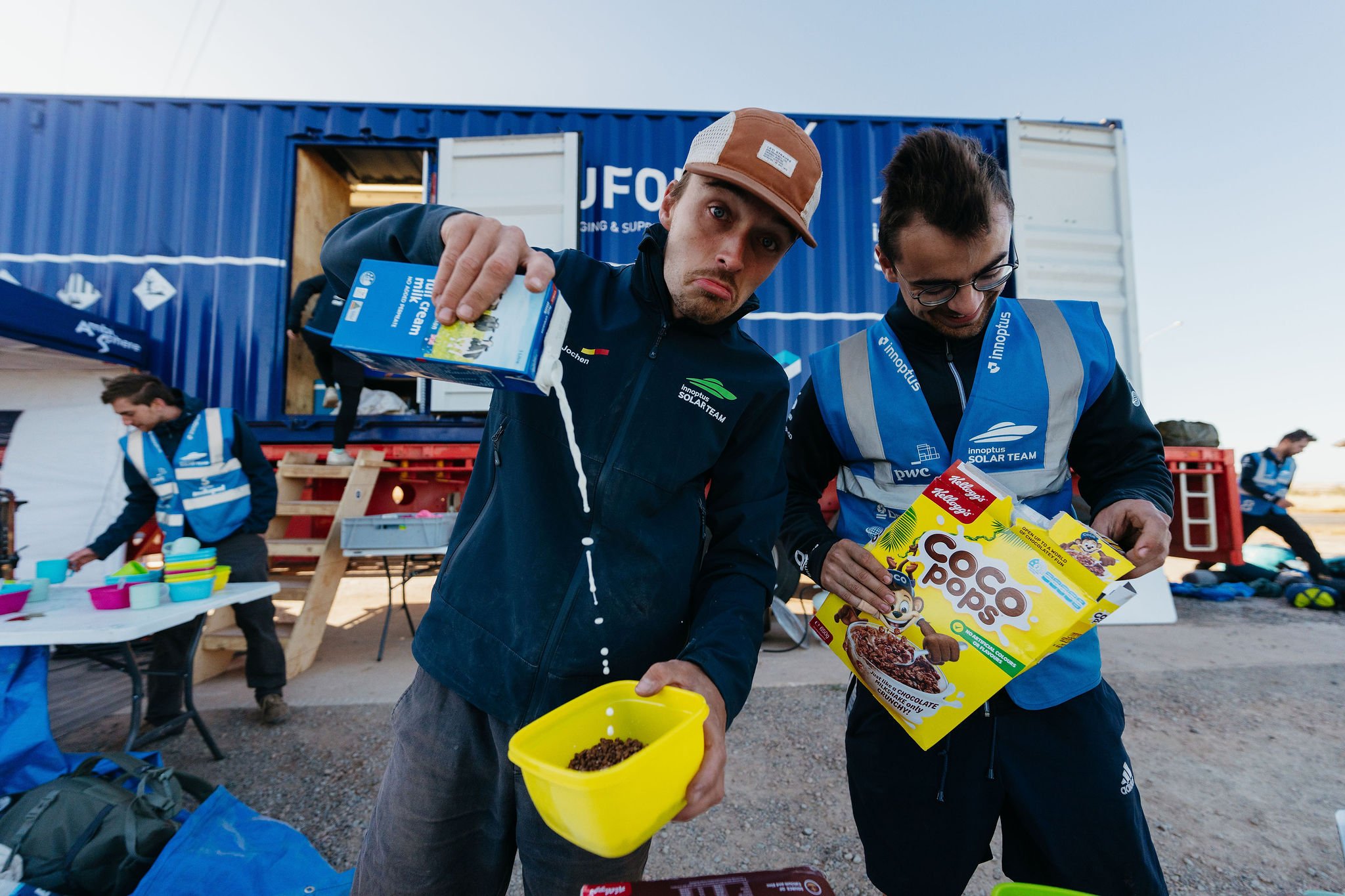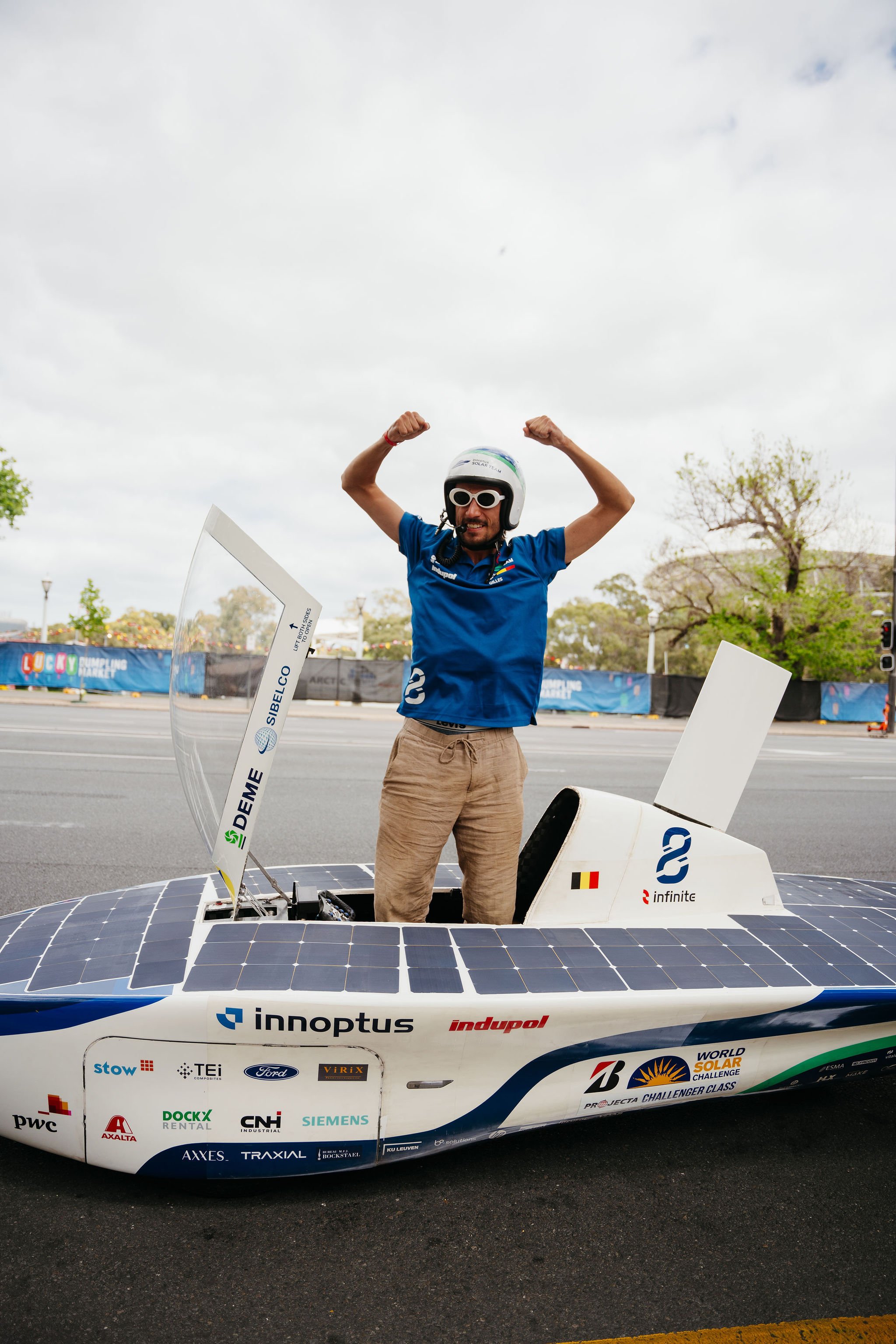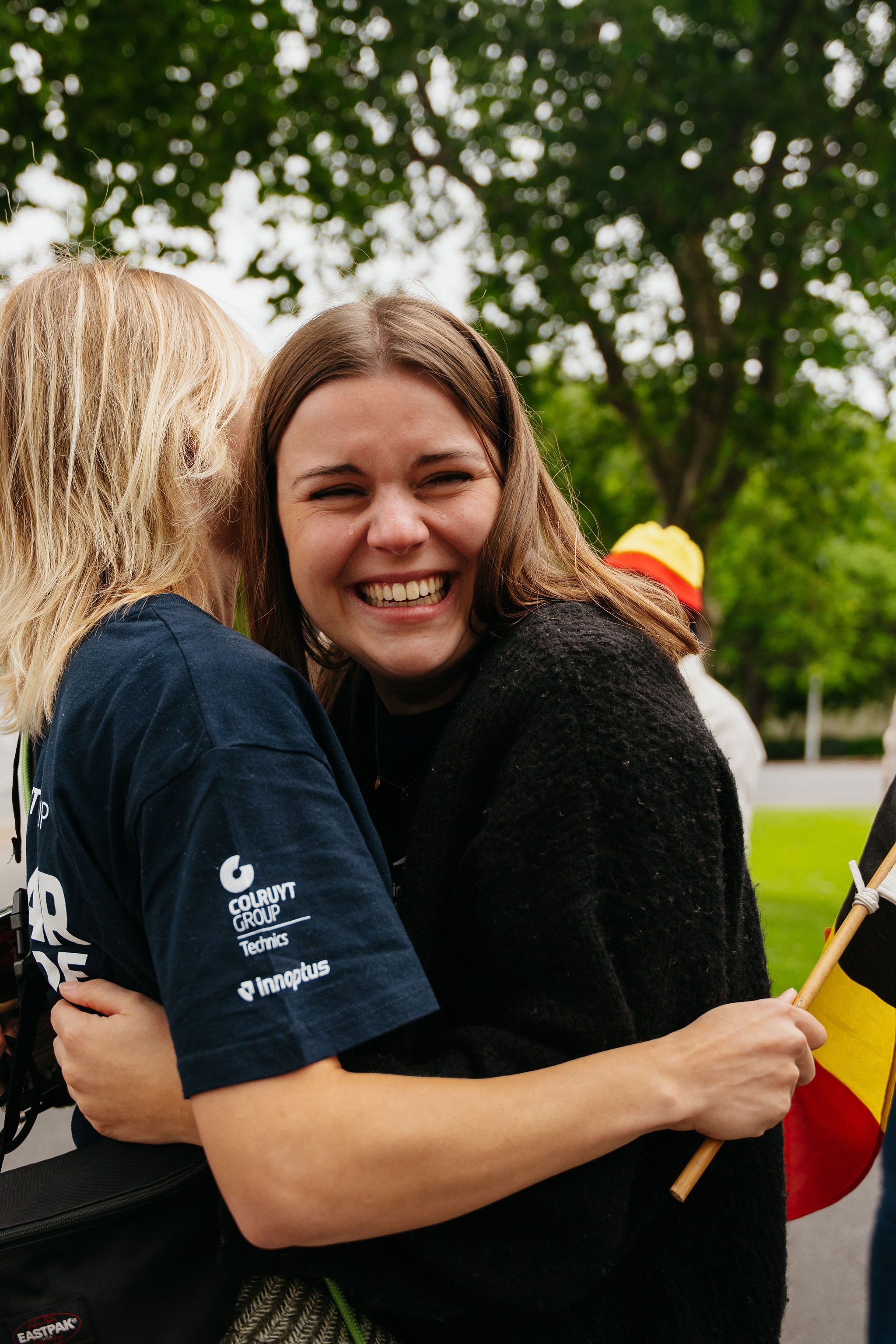World Solar Challenge 2023: Adelaide Photographer
Advancing Innovation for a Sustainable Future: The Bridgestone World Solar Challenge
For over three decades, the Bridgestone World Solar Challenge has been a global platform for brilliant minds to convene in Australia and explore the frontiers of technological innovation (along with the vastness of our wonderful country). This event invites teams, typically composed of both tertiary and secondary students, to embark on a 3,000-kilometer journey from Darwin to Adelaide using solar-powered vehicles they've personally designed and crafted.
I’m writing this on the 5th day, so please excuse weariness.
The Bridgestone World Solar Challenge showcases the epitome of innovation in personal transport, offering a sustainable vision for the future. This monumental event, the world's largest and most esteemed solar challenge, commenced in 1987 and takes place biennially. In 2019, it drew an impressive 53 entries from 24 countries, with over 1,500 participants observed by a global audience exceeding 25 million. Notably, it catalyzes valuable industry collaborations across the energy, automotive, engineering, financial, material sciences, and IT sectors. Moreover, many former participants have successfully transitioned from the challenge to leading roles in renowned engineering, automotive, and sustainable transport companies.
The Journey: Pioneering Solar-Powered Mobility
The idea behind the challenge was simple: a 1,000W car covering the journey in 50 hours. Solar cars are allocated a mere 5kW hours of stored energy, just 10% of the original theoretical figure. All other energy sources must either come from the sun or be harnessed from the vehicle's kinetic energy. These solar cars represent arguably the most efficient electric vehicles in existence.
Once teams clear the hurdles of quarantine, customs, scrutineering, safety inspections, and event briefings in Darwin, their epic road journey commences. After leaving Darwin, they push their solar-powered vehicles as far as possible until 5pm, when they make camp in the desert, wherever they happen to be. Every team must be entirely self-sufficient, making it a remarkable adventure, considered a once-in-a-lifetime experience.
During the journey, there are nine mandatory checkpoints where Observers are changed, and Team Managers can update themselves with the latest information on the weather and their position in the field. At these checkpoints, teams are only allowed to perform basic maintenance tasks, such as checking and adjusting tire pressure and cleaning debris from their vehicles.
The Classes: Diverse Challenges for Solar Innovators
Participating teams categorize their vehicles into one of three classes:
The Challenger Class involves a single-stage race from Darwin to Adelaide, pushing the limits of solar technology and efficiency.
The Cruiser Class unfolds in three 1,200km stages without recharging, emphasizing practicality and endurance in solar vehicles.
The Adventure Class is a non-competitive category designed for solar cars built for previous events, offering an opportunity to showcase past innovations without racing pressure.
Day 1
Belgian team Innoptus took an early lead with their innovative fin, leading the race by five minutes at the first control stop in Katherine. They extended their lead to 13 minutes at the Dunmarra stop, with Dutch team Brunel following closely behind, and Team Twente in third. Japan's Tokai and other teams are also in Dunmarra, with Tokai set to start first in the morning.
In the CSIRO solar electric Cruiser Class, Australia's Sunswift leads with a score of 35.2, based on energy efficiency and design appeal. They are well ahead of their closest competitors, Minnesota and Solaride 2, which is quite different from the speed-focused Projecta Challenger Class.
Day 2
At the end of Day 2 in the 2023 Bridgestone World Solar Challenge, the Belgian Innoptus Solar team, led by the futuristic vehicle Infinite, has maintained a remarkable lead. They're already in Alice Springs, halfway to Adelaide, having covered a record distance in just two days. Dutch team Twente and Brunel are trailing by approximately 67 kilometers, all three teams surpassing last year's pace by around 60 minutes.
In the following positions, Germany's Sonnenwagen Aachen is 120 kilometers behind Brunel, while Japan's team Tokai and the US team Michigan are engaged in a close battle for fifth and sixth place. The CSIRO Cruiser Class is led by Australia's Sunswift 7, who arrived on time at Tennant Creek with four passengers. The remaining teams have incurred time penalties. In the Projecta Challenger category, Western Sydney University is the highest-placed Australian team at Tennant Creek. Canada's Blue Sky Solar and Switzerland's aCentauri are also at Tennant Creek, while Adelaide University Solar Racing Team is progressing south of Renner Springs.
Day 3
With over half of the Bridgestone World Solar Challenge complete and the leaders crossing into South Australia, the competition remains intense. Belgian's Innoptus Solar Team in Infinite holds onto the lead on day three, but Dutch Team Twente's RED X is closing the gap, now just 33 minutes behind. Their compatriots, Brunel in Nuna 12, are an additional twenty minutes behind, while US team Michigan in Astrum is challenging German team Sonnenwagen in Covestro Adelie, with Japan's Team Tokai also in the mix. The timesheet at the Erldunda NRMA Control Stop shows less than an hour separating the top three teams, making strategy and adapting to conditions crucial.
In the Projecta Challenger Class, factors like performance, strategy, teamwork, and luck influence success. Western Sydney University, Australia's leading Challenger, has picked up the pace, now south of Barrow Creek. Adelaide University in Lumen III has passed Tennant Creek Control Stop, covering over a third of the route. UK's Durham University in DUSC23 is making progress, chasing Japan's Kogakuin, and Sweden's JU, as they aim to become the first UK team in nearly two decades to complete the Challenge.
In the CSIRO Cruiser Class, most of the field is heading towards Alice Springs after passing Barrow Creek. Australia's Sunswift, in Sunswift 7, maintains the lead, followed by the US University of Minnesota in Gaia, Estonia's Solaride, Taiwan's Apollo IX, China's Sun Shuttle, and Australia's team, ASCEND, participating for the first time.
Day 4
The Belgian Innoptus team maintained their lead, despite morning smoke and cloudy skies slowing the pace. Dutch Team Twente in RED X has reduced the gap to just 24 kilometers and extended their lead over Brunel to around 90 kilometers. In the Projecta Challenger Class, US team Michigan moved up to fourth place, closing in on Brunel, with Japan's Team Tokai and Germany's Sonnenwagen in a tight competition for 5th and 6th place.
Top Dutch is camped south of Alice Springs, while Canada's Eclipse is ahead of Australia's Western Sydney University, who is now in Alice Springs. In the CSIRO Cruiser Class, most teams are south of Alice Springs, heading to Coober Pedy for their second charging opportunity, where the CSIRO will assess their impact on the electricity supply.
Day 5
Belgium's Solar Team Innoptus secured their second consecutive Bridgestone World Solar Challenge title in 34 hours and 4 minutes, making a statement with their futuristic fin-adorned "Infinite." They had a smooth journey compared to the 2019 drama-filled final day. The Dutch Team Twente's RED X was a close runner-up, and their valiant efforts kept the race thrilling, with moments of neck-and-neck competition during NRMA Control stops. They clinched second place in 34 hours, 24 minutes, and 58 seconds. Their compatriots, Brunel in Nuna 12, followed in third place, while the US team Michigan's Astrum was expected to arrive later in the afternoon.
Unfortunately, German team Sonnenwagen in Covestro Adelie had to retire south of Port Augusta. In the CSIRO Cruiser Class, none of the teams completed the second stage due to challenging wind conditions, marking a historic first for the class. They'll have the opportunity to recharge at Coober Pedy and demonstrate their cars' abilities in the final stage, with the on-road scoring based on the last completed stage. The finish line awaits these solar electric cars of the future tomorrow.
I’m too exhausted to wrap this succintly right now - for those who’ve been on the journey with us, thank you. You’ve all been super amazing. To the South Australian Motor Sport Board, thank you for entrusting us in showcasing this top class international event to the world. So much love to you all. If you’re in need of a photographer to capture a long form event, please reach out to us. Signing off, Lewis.



